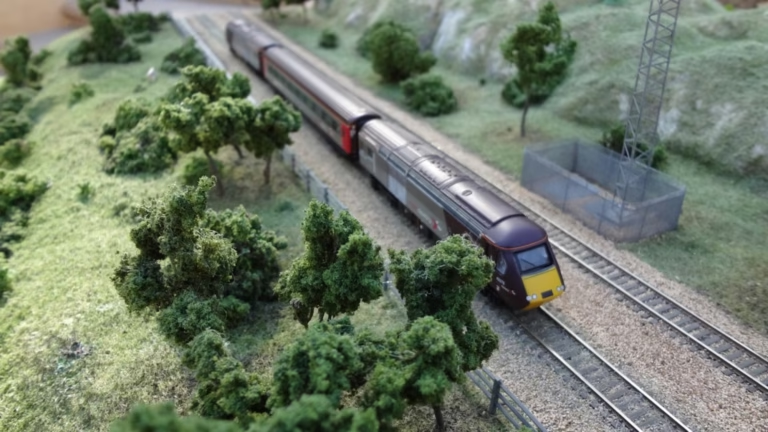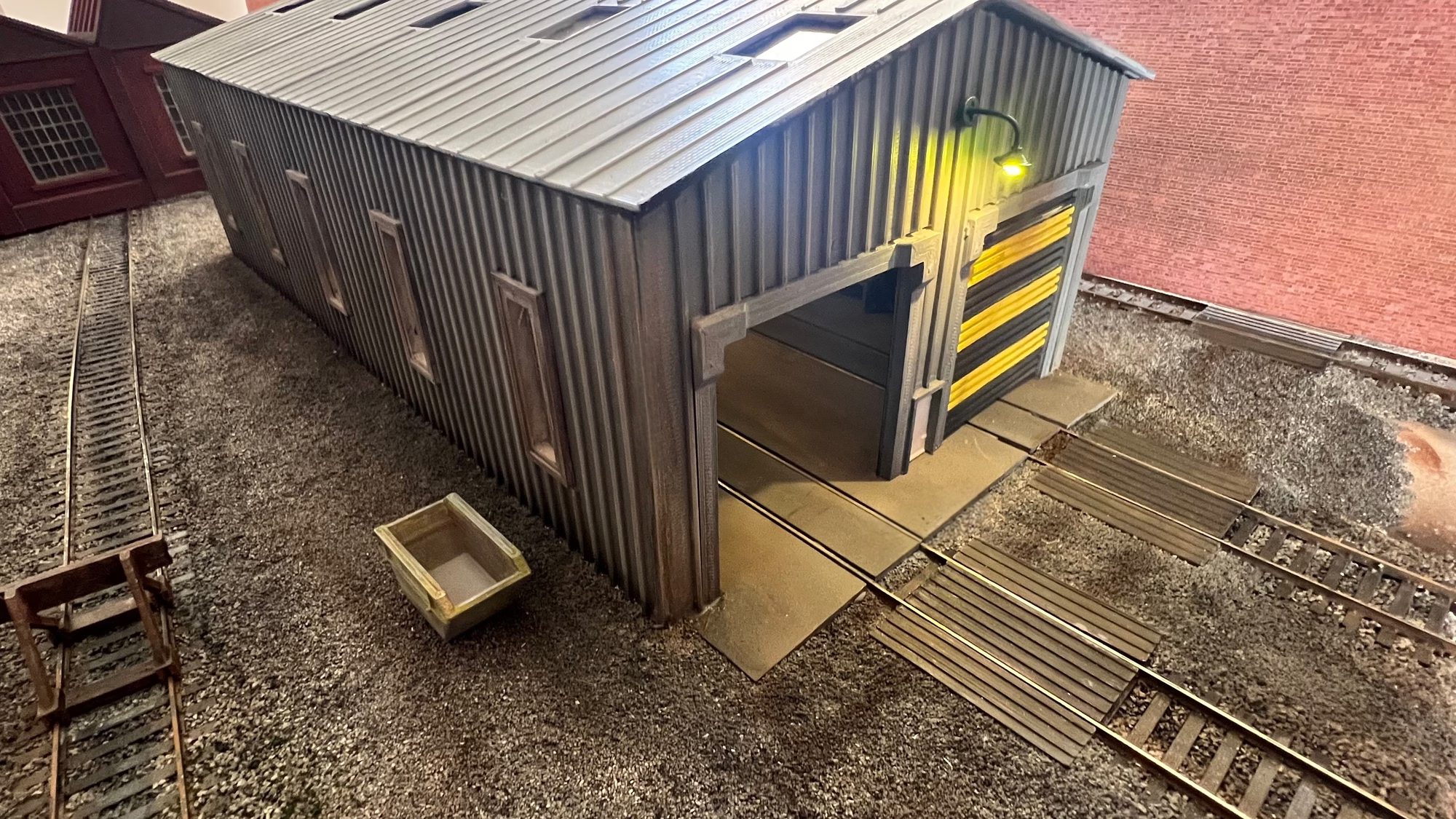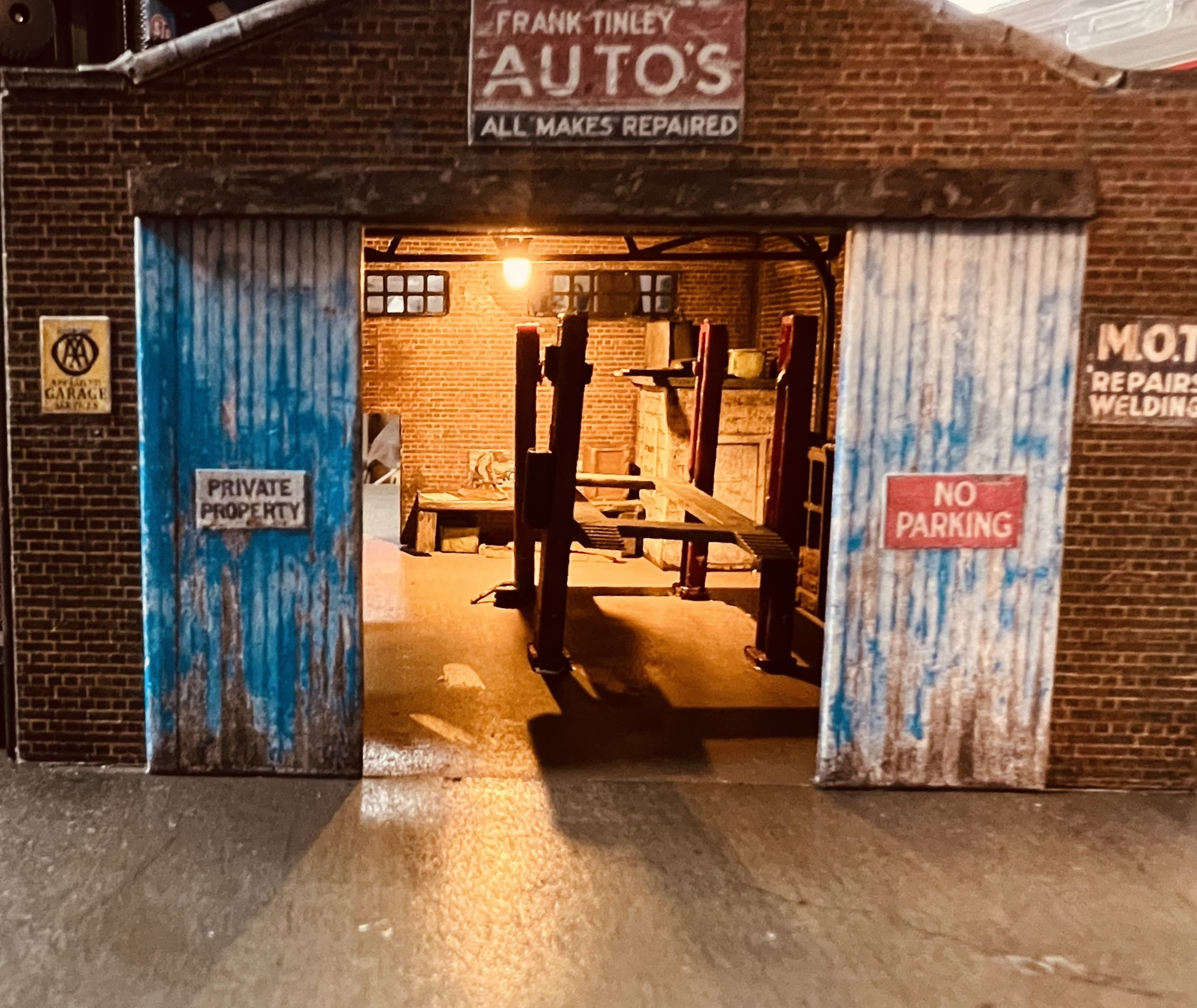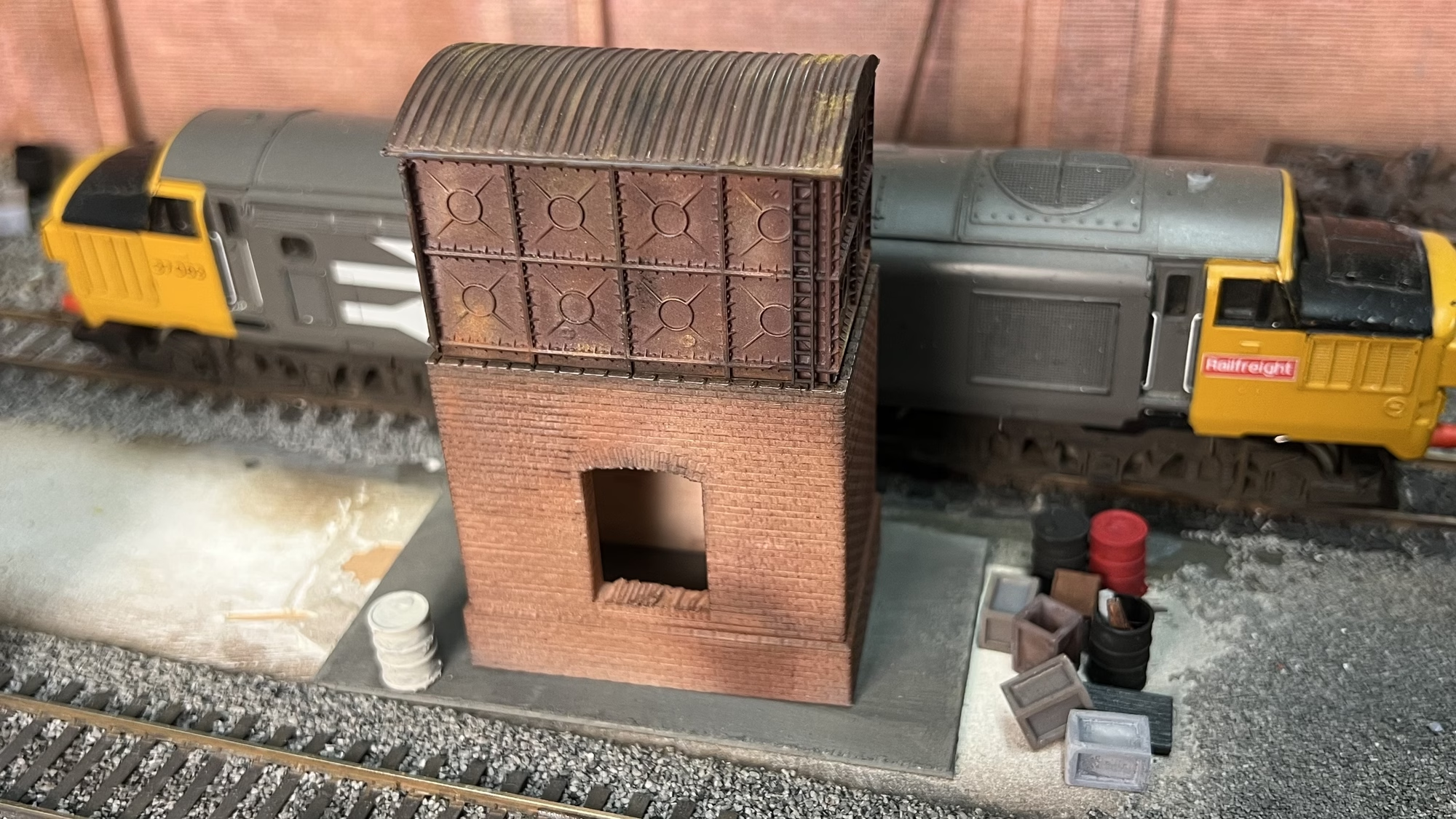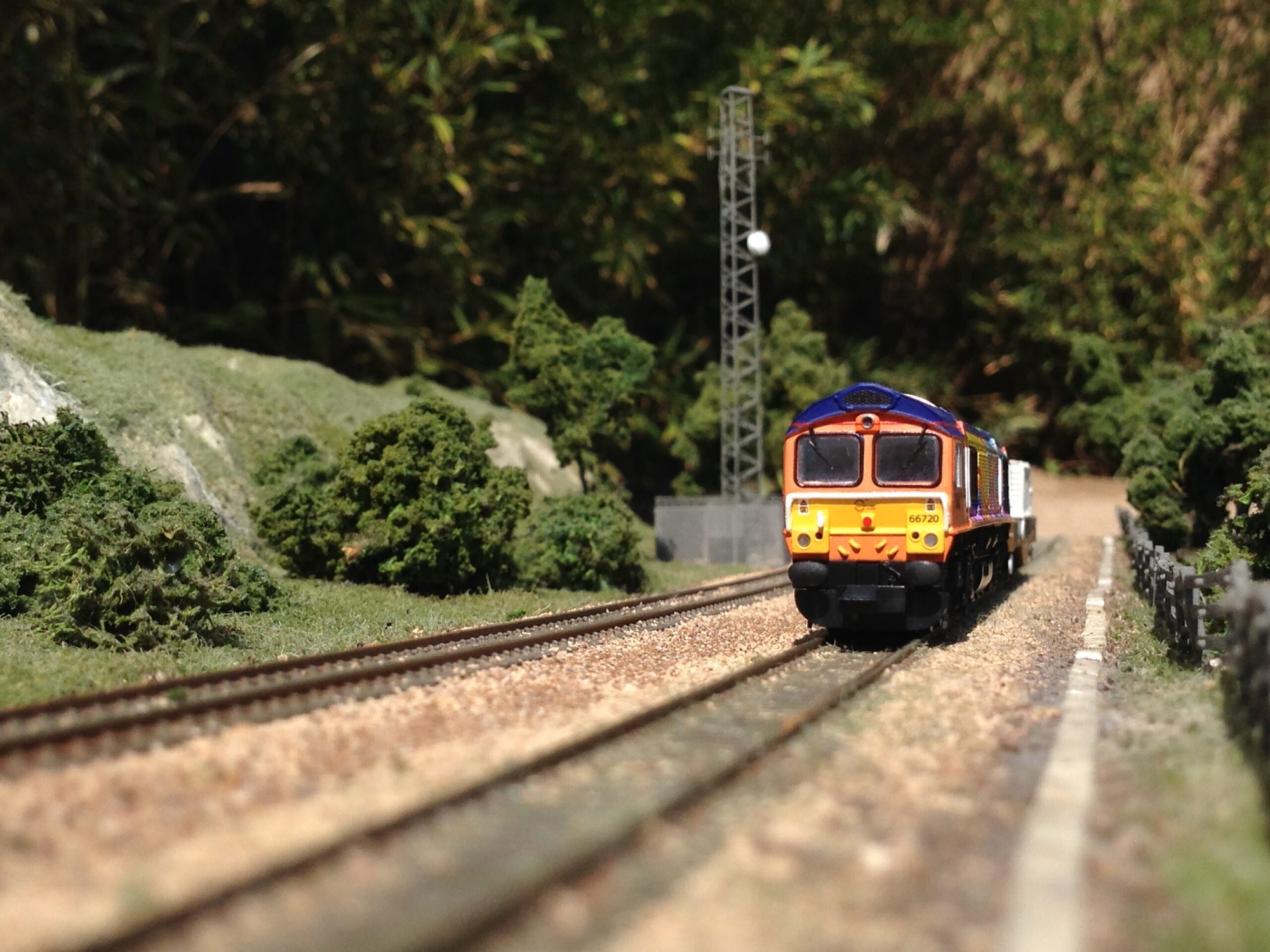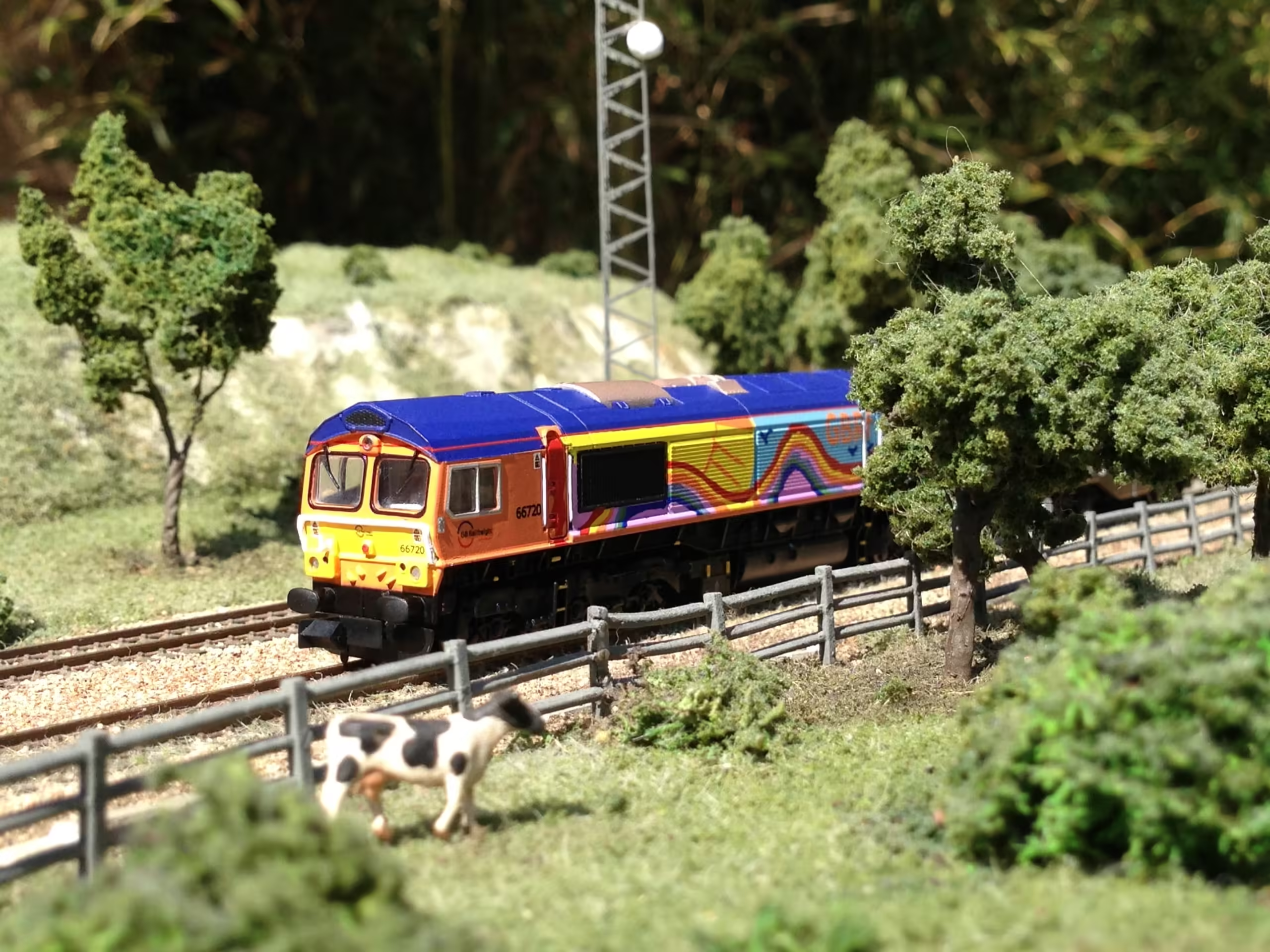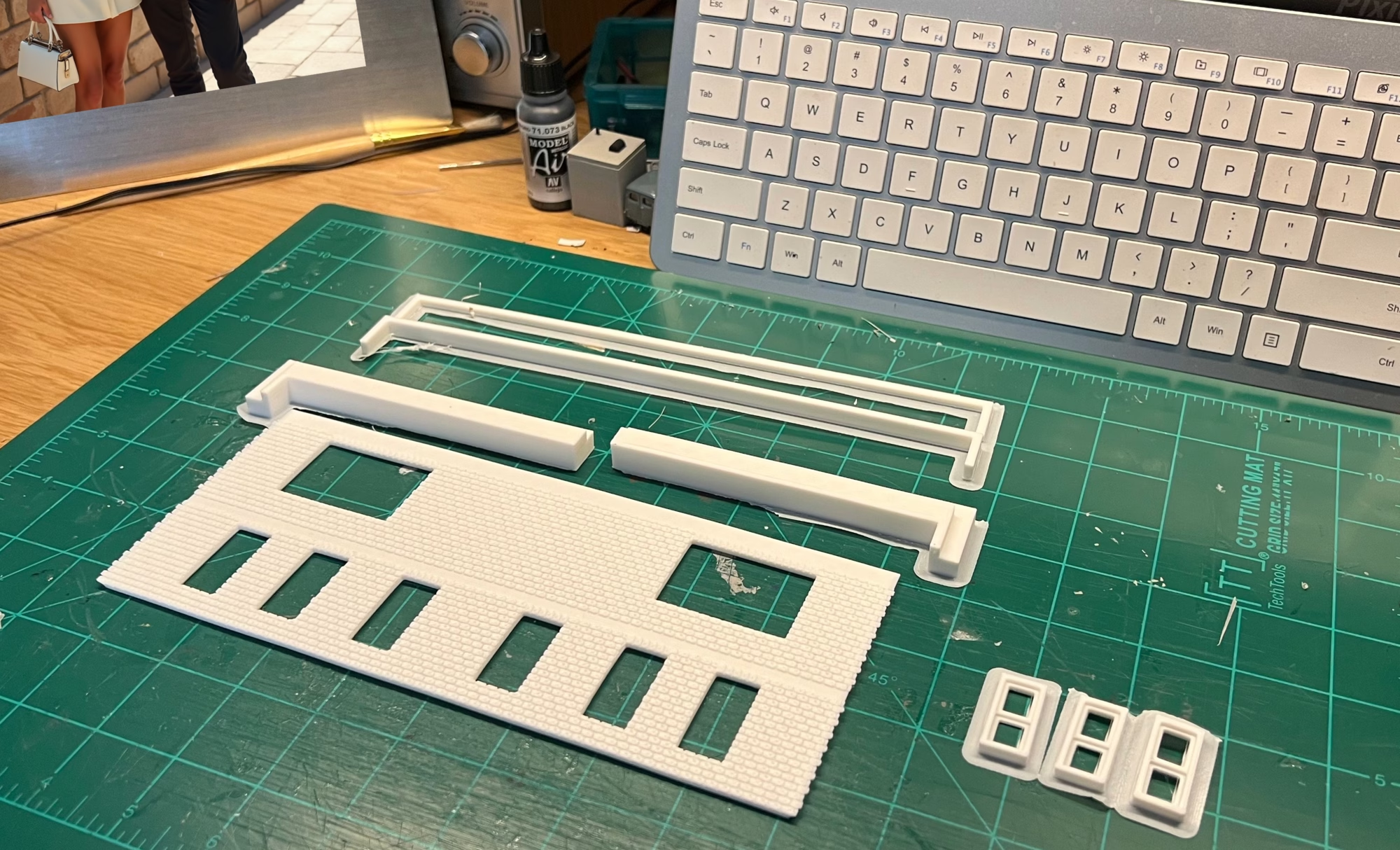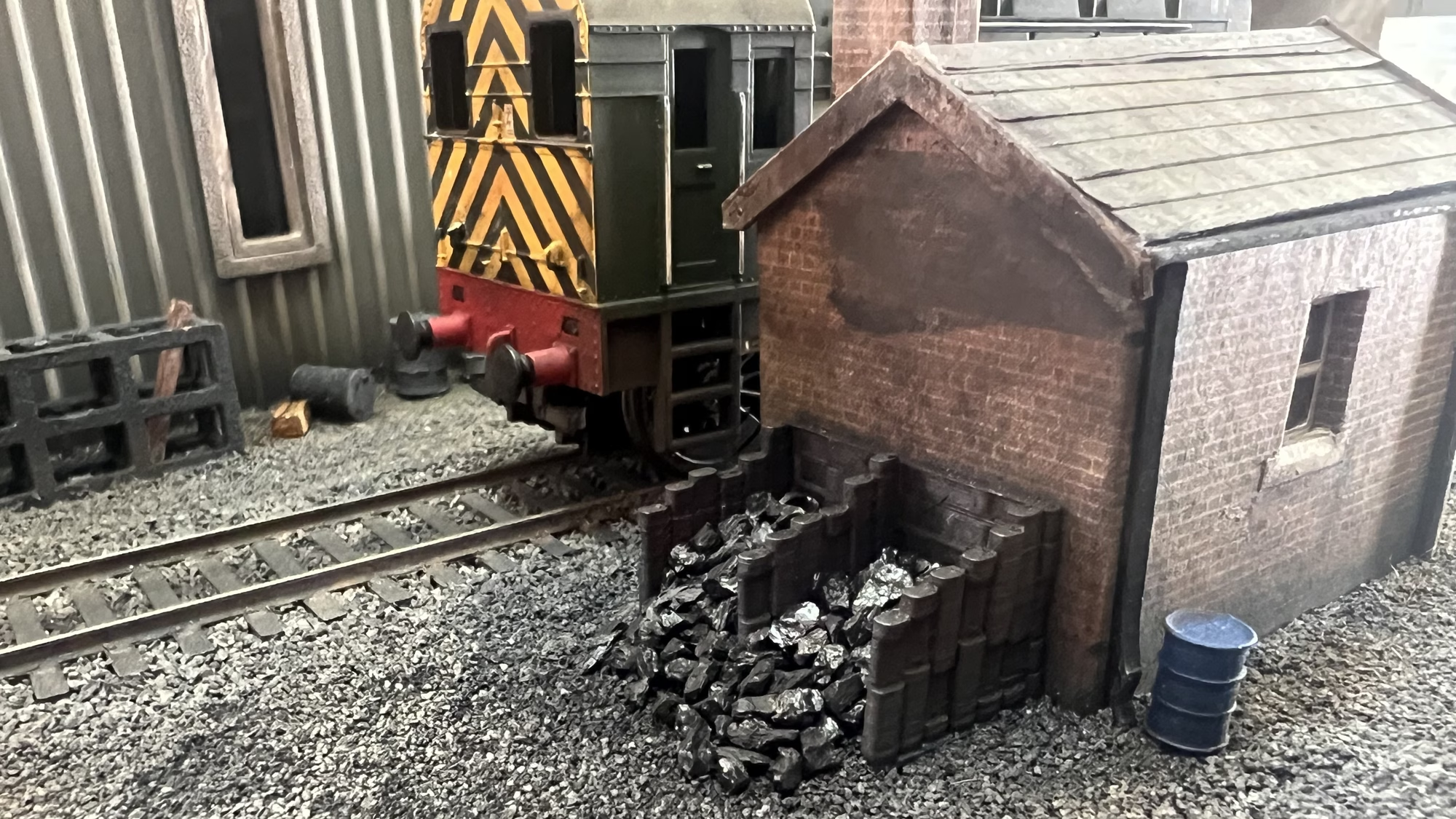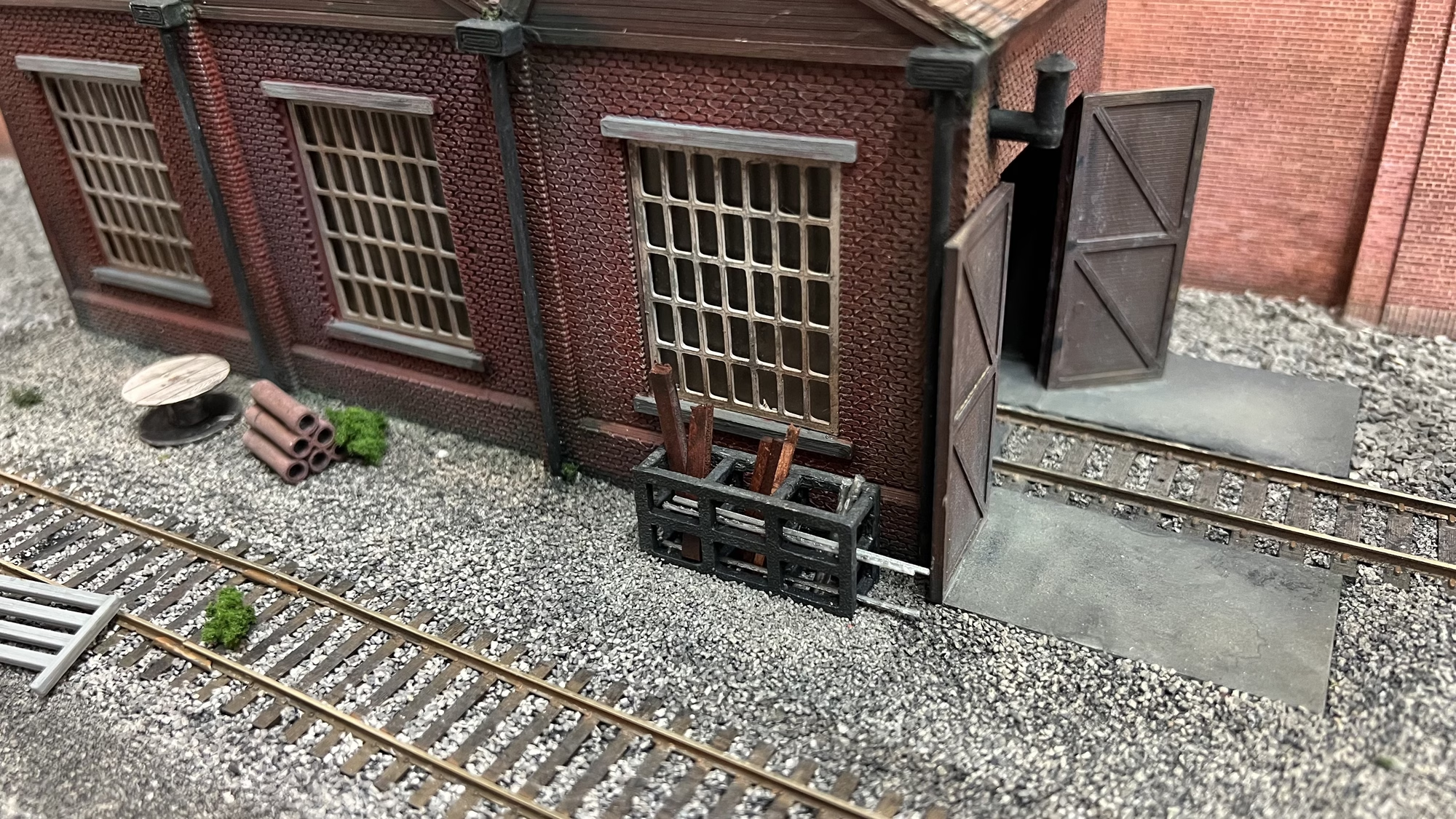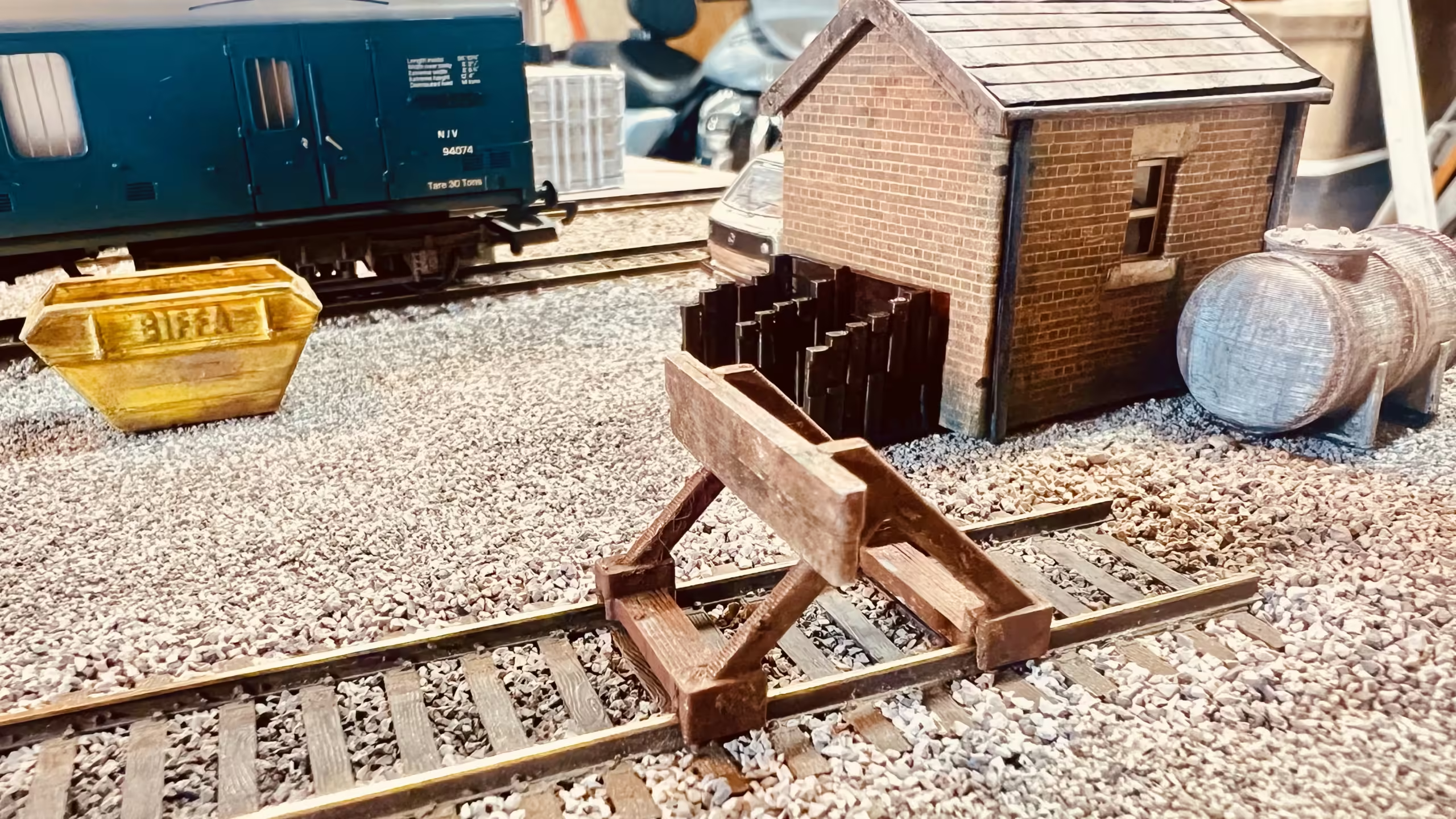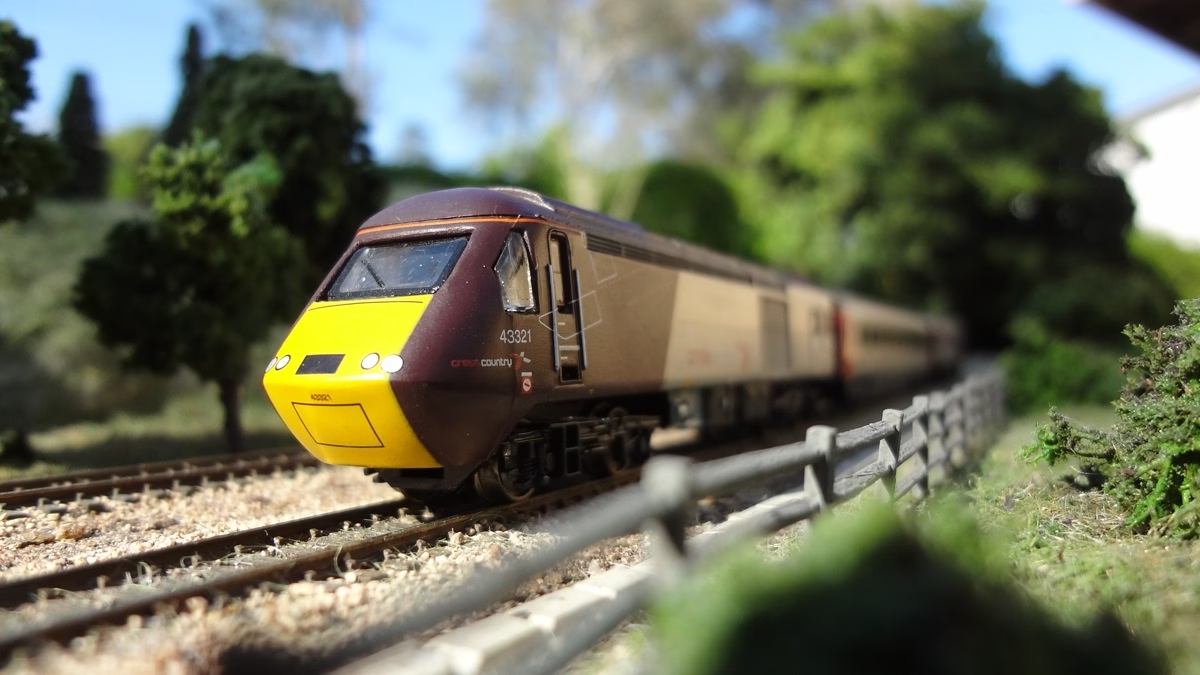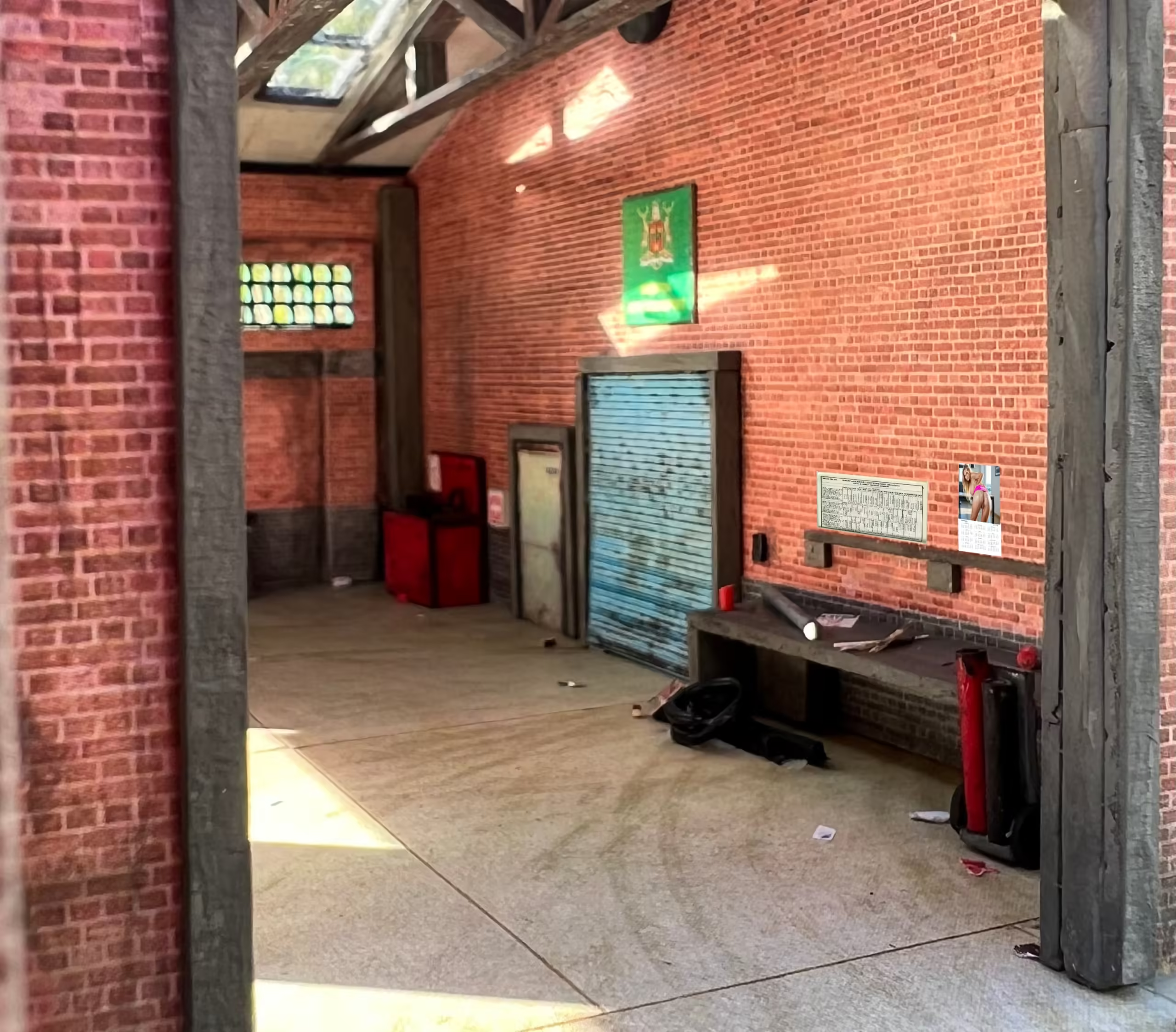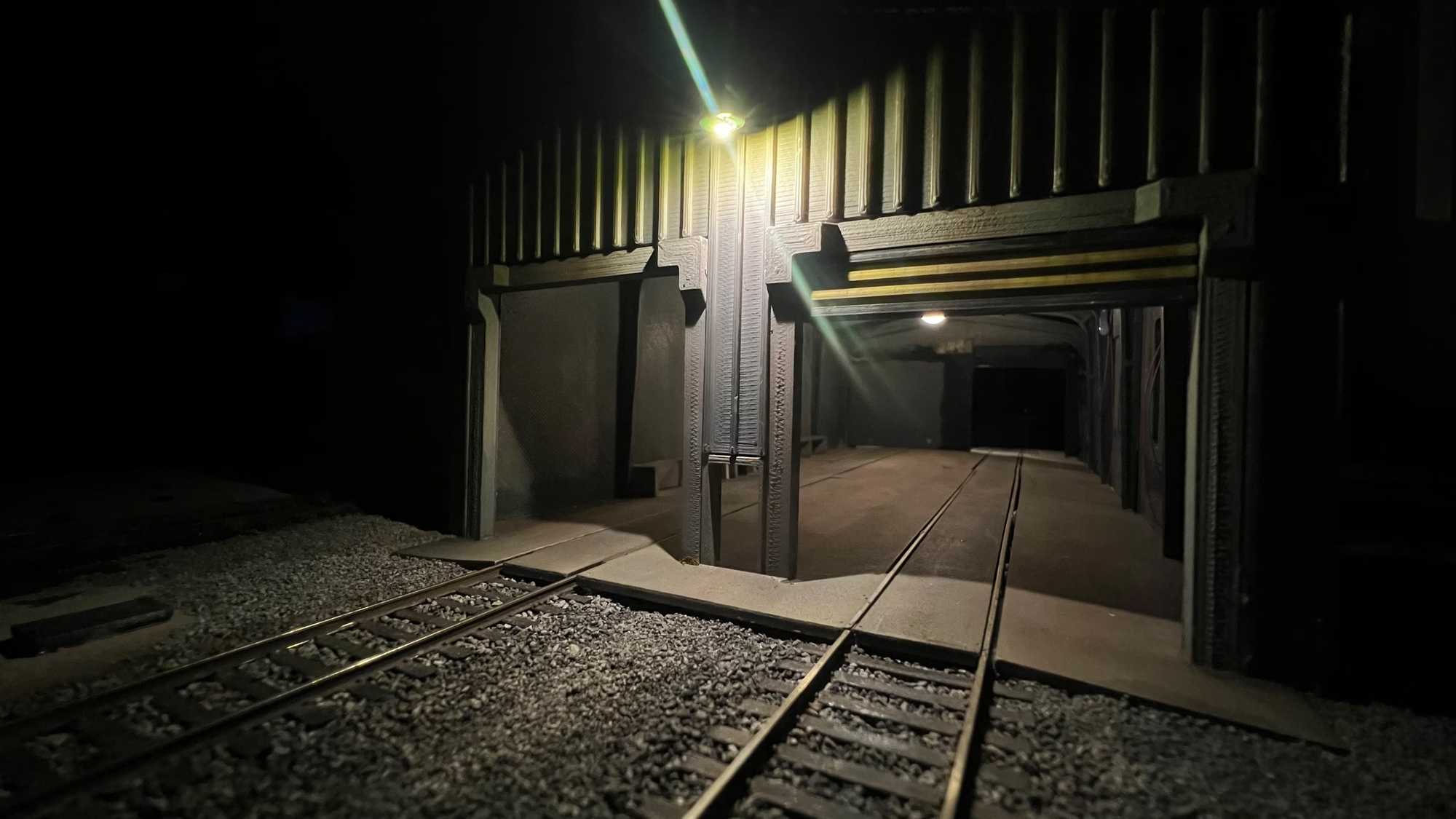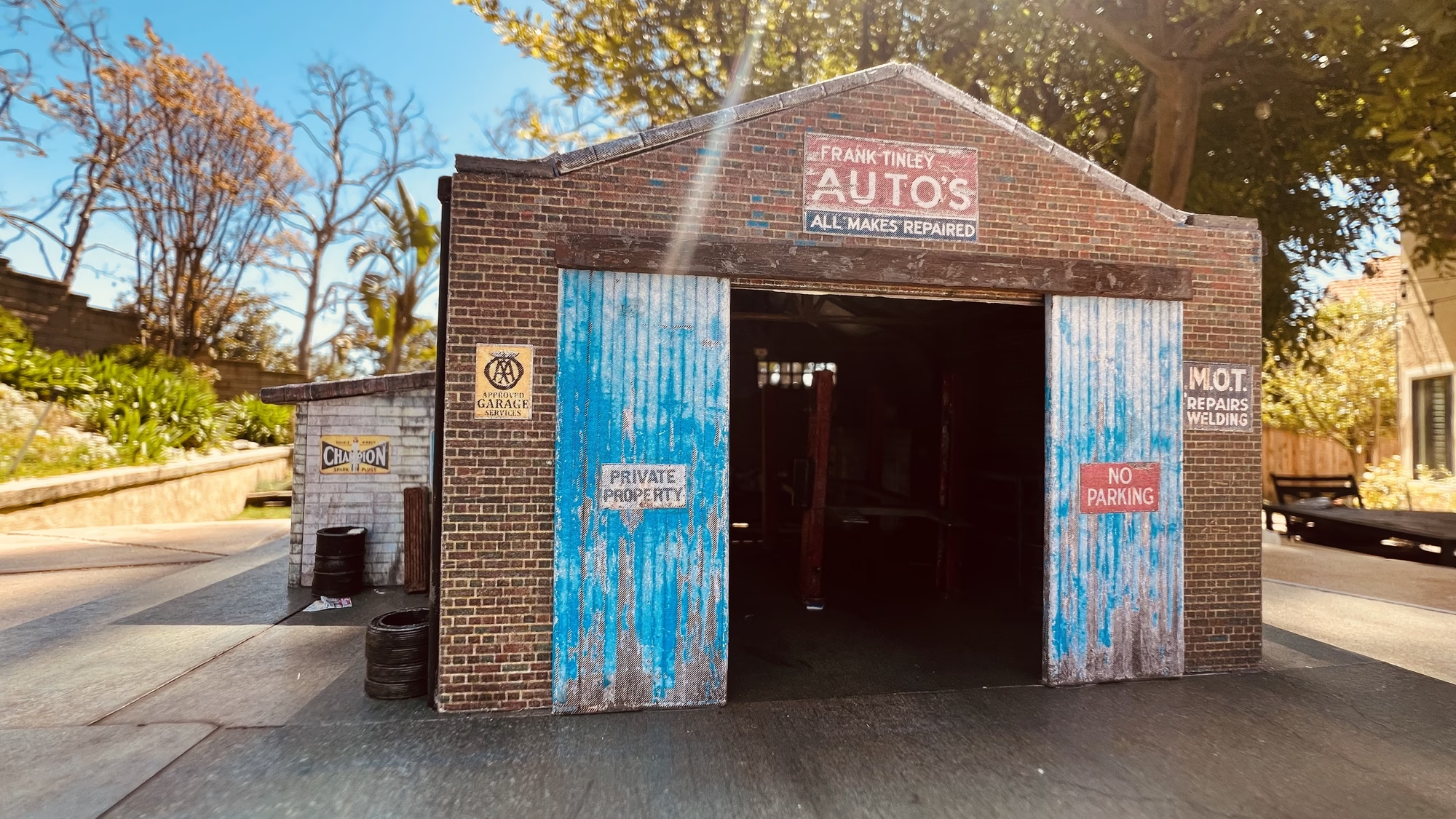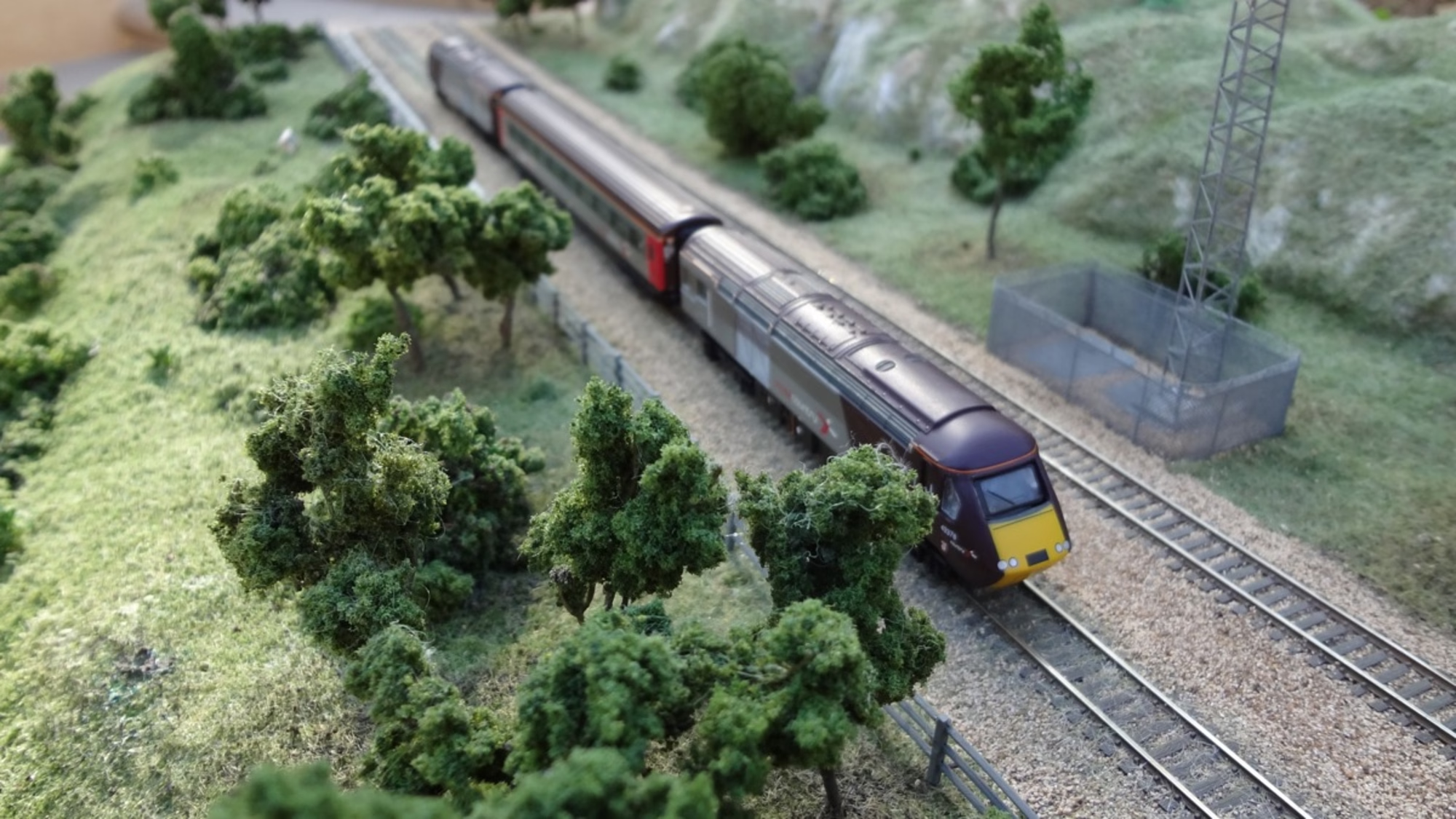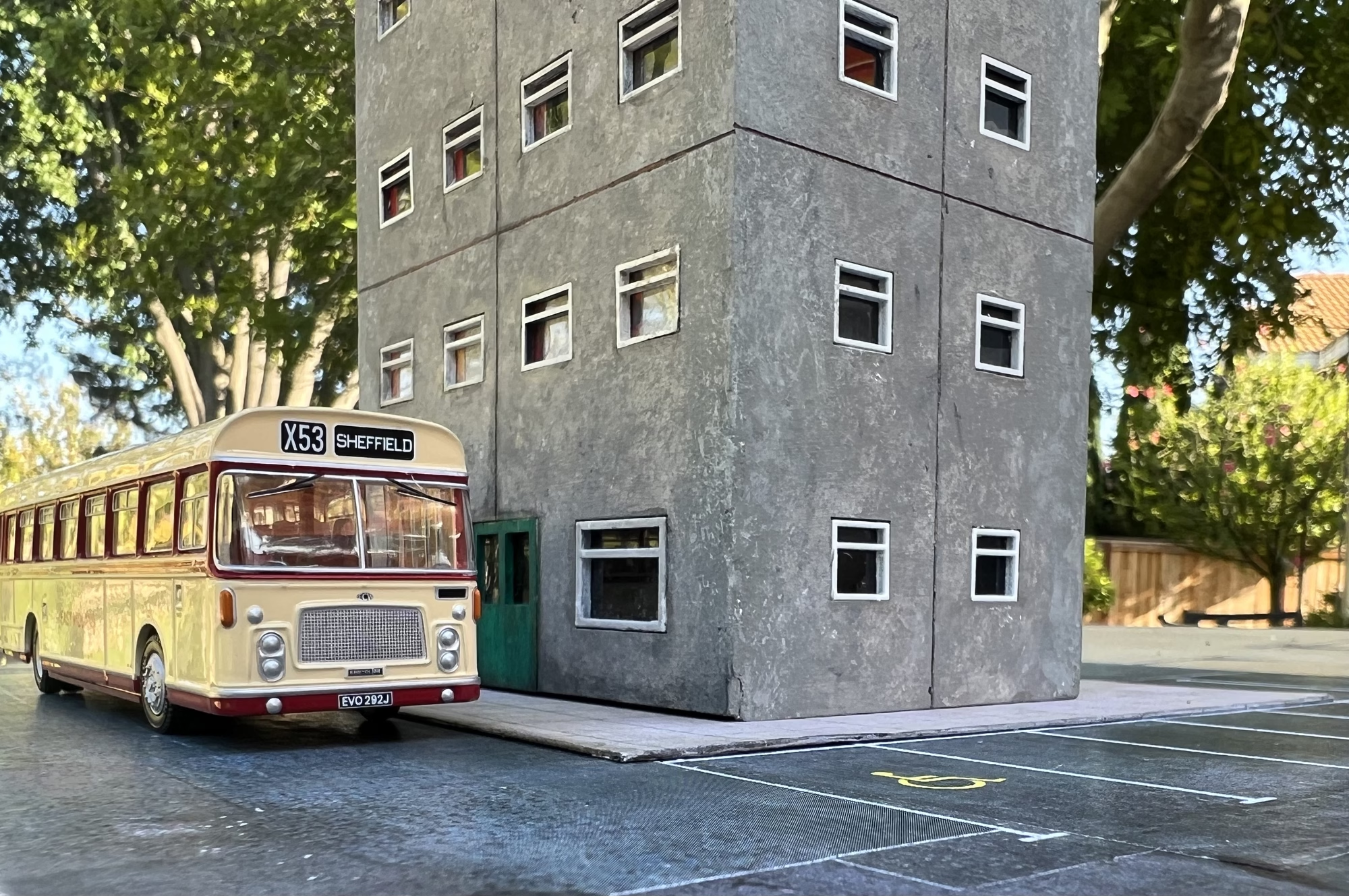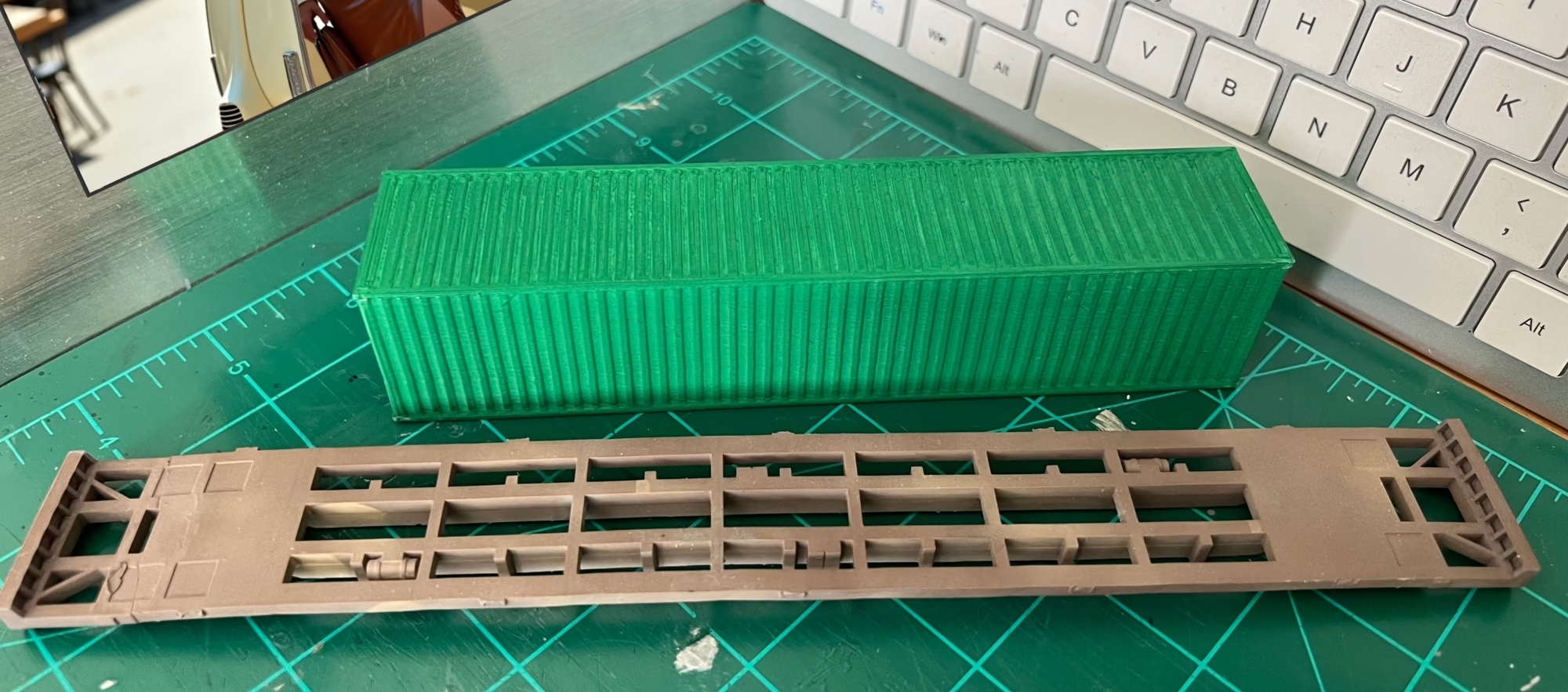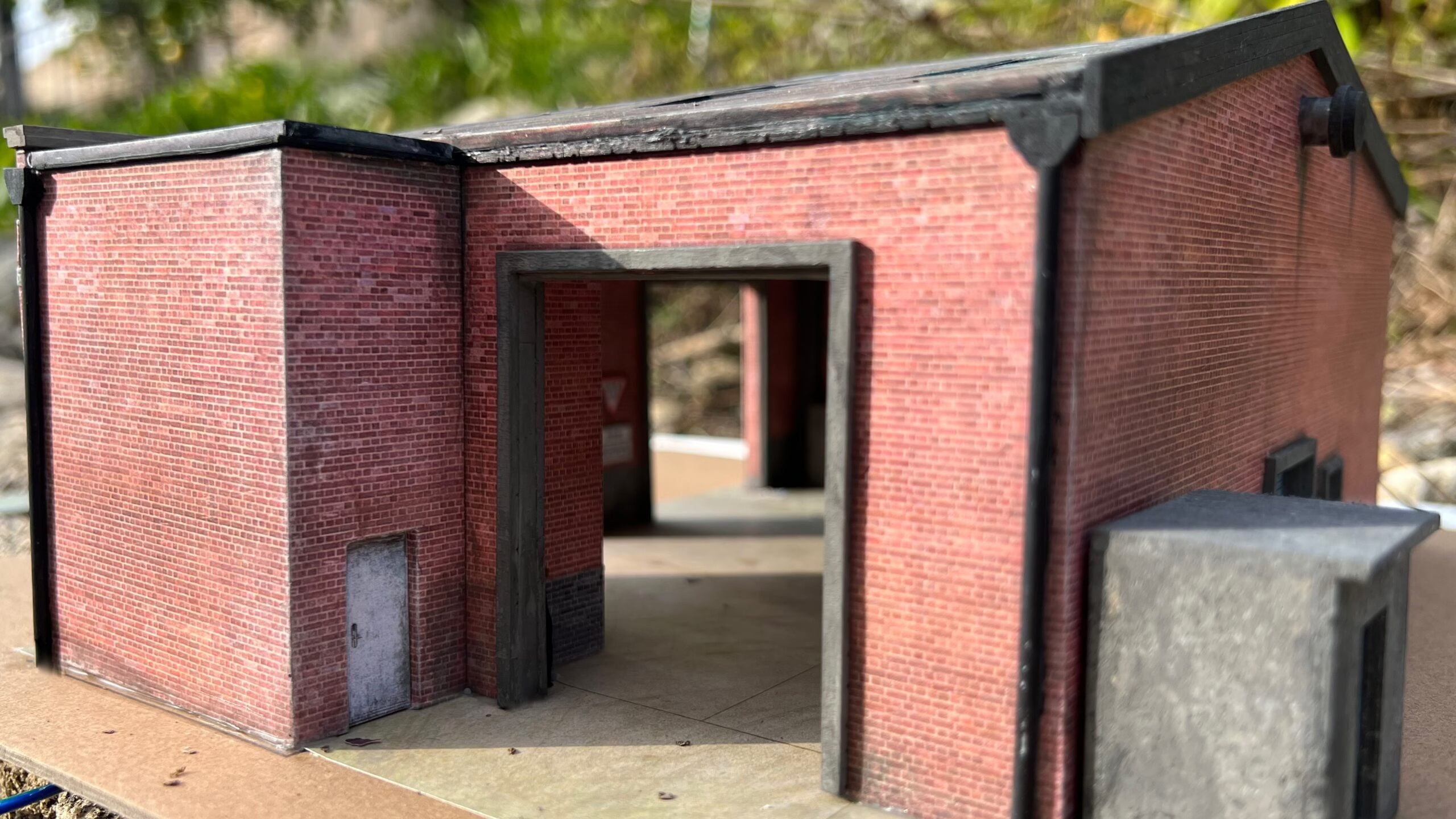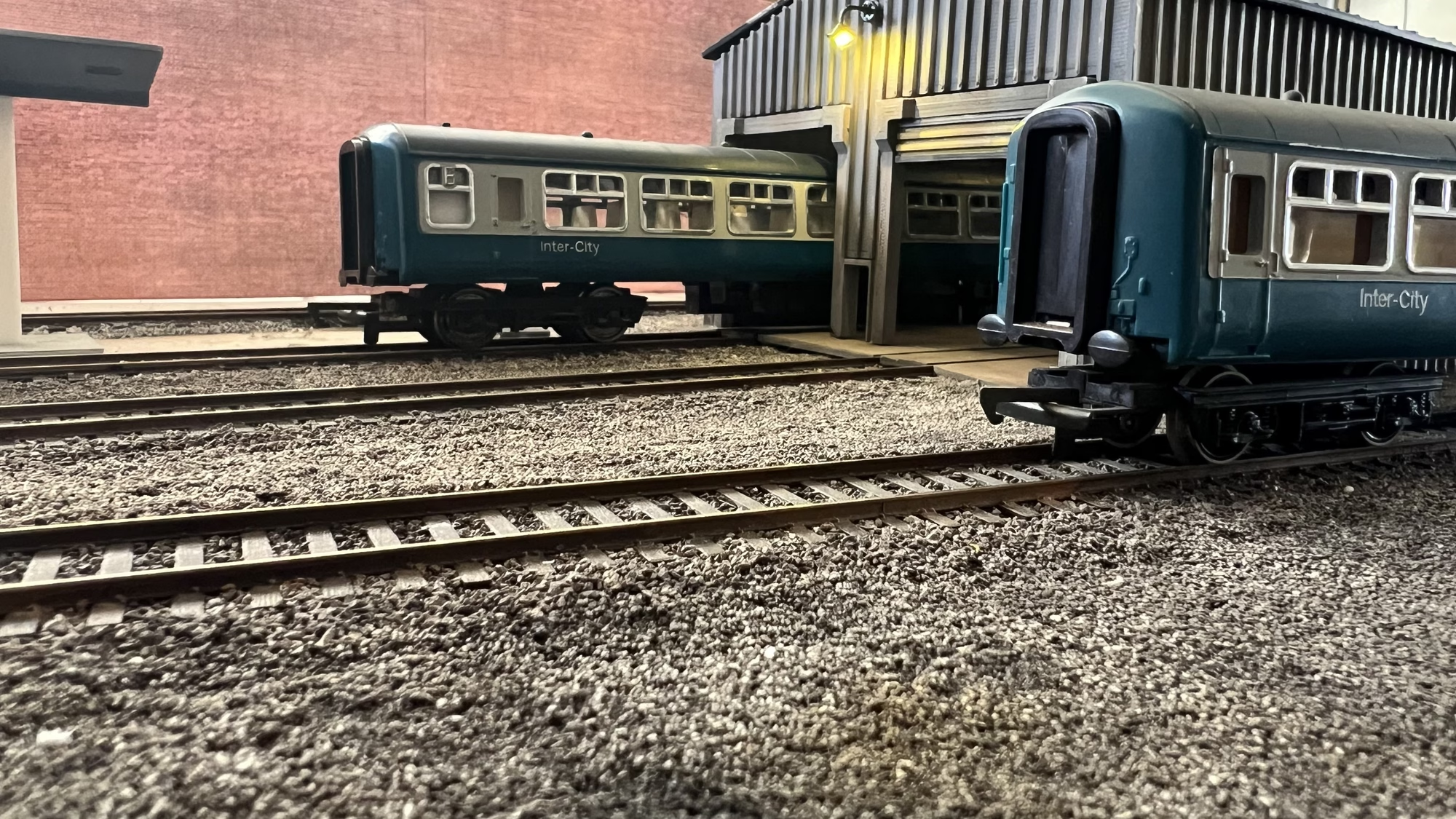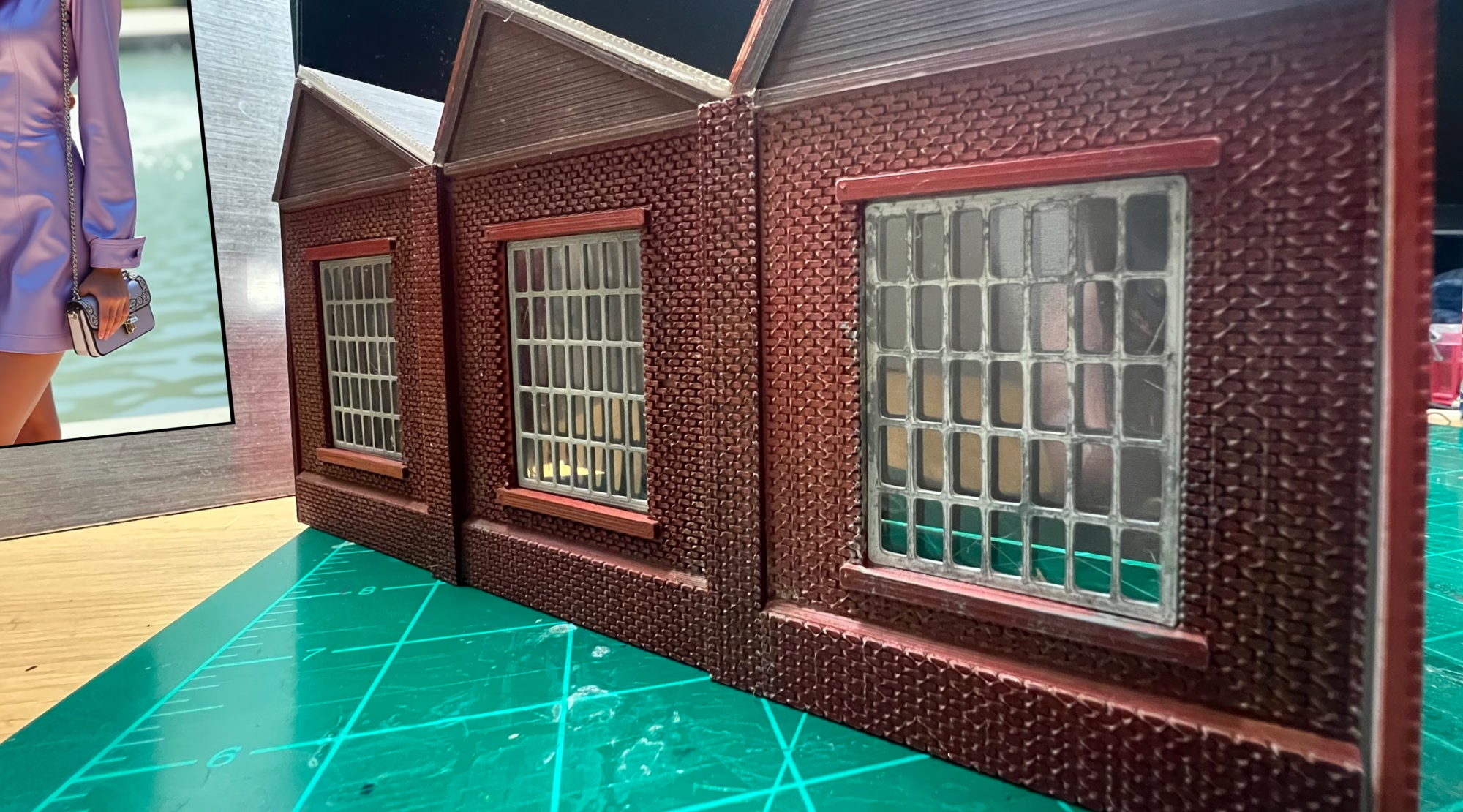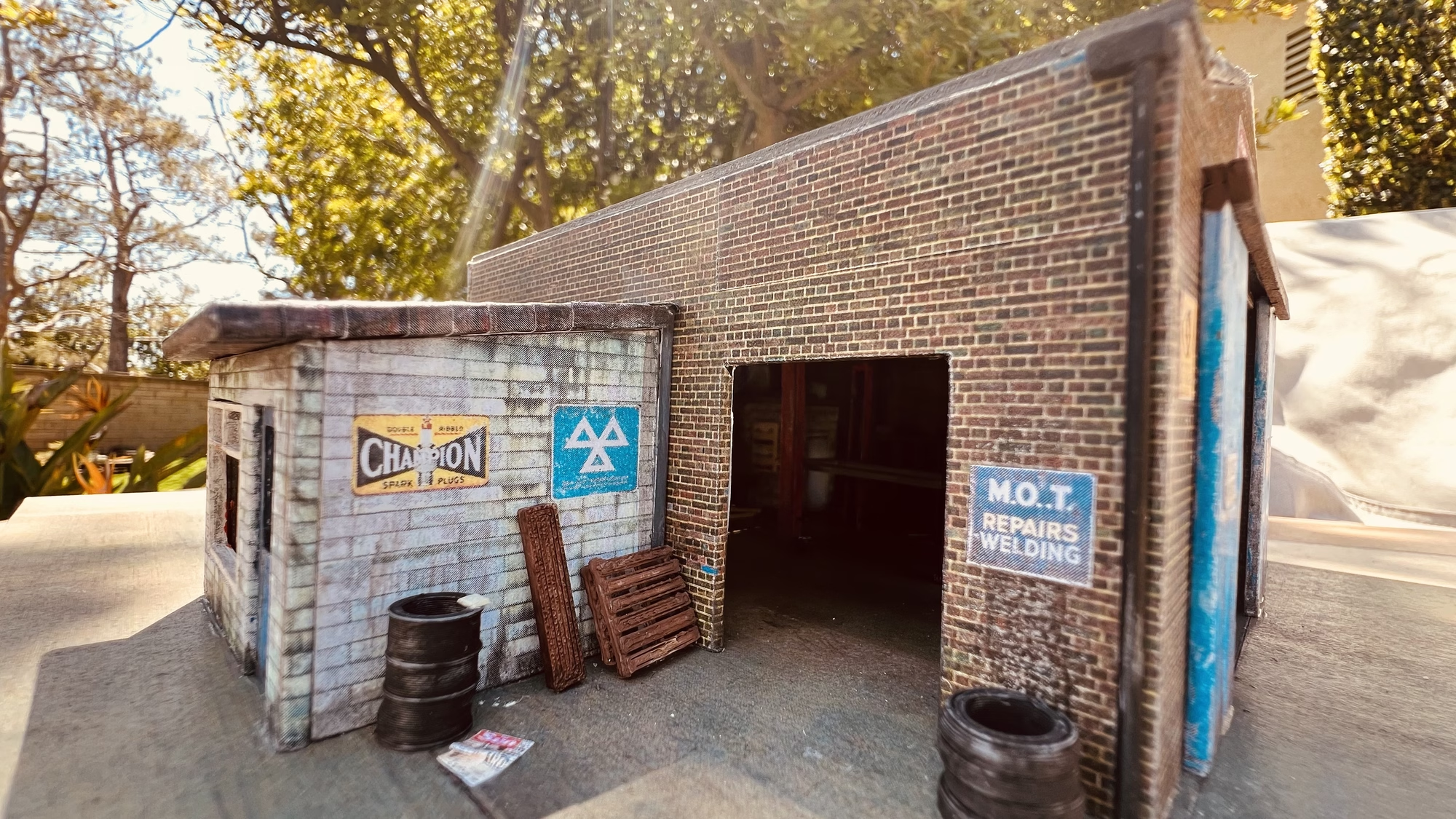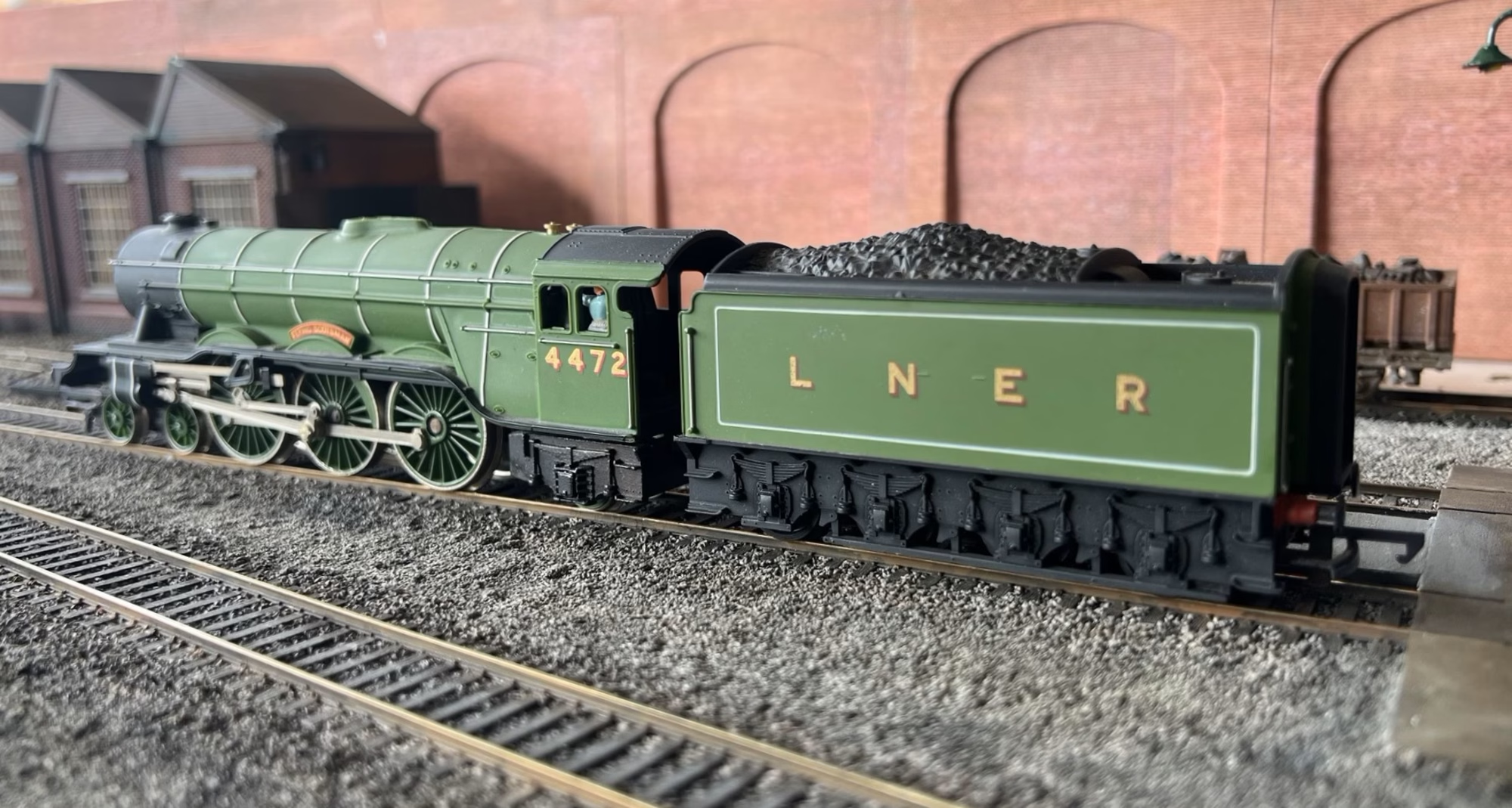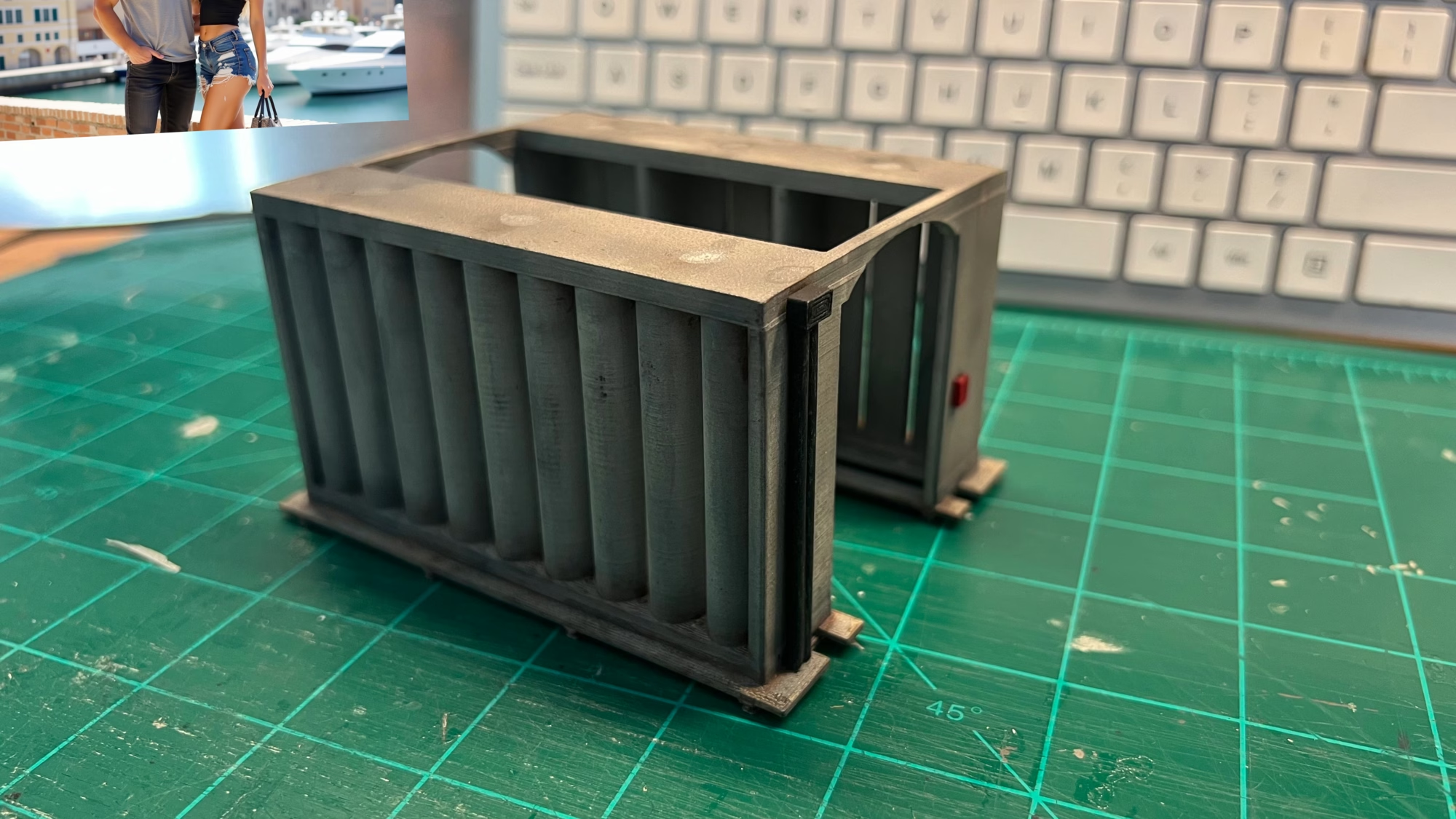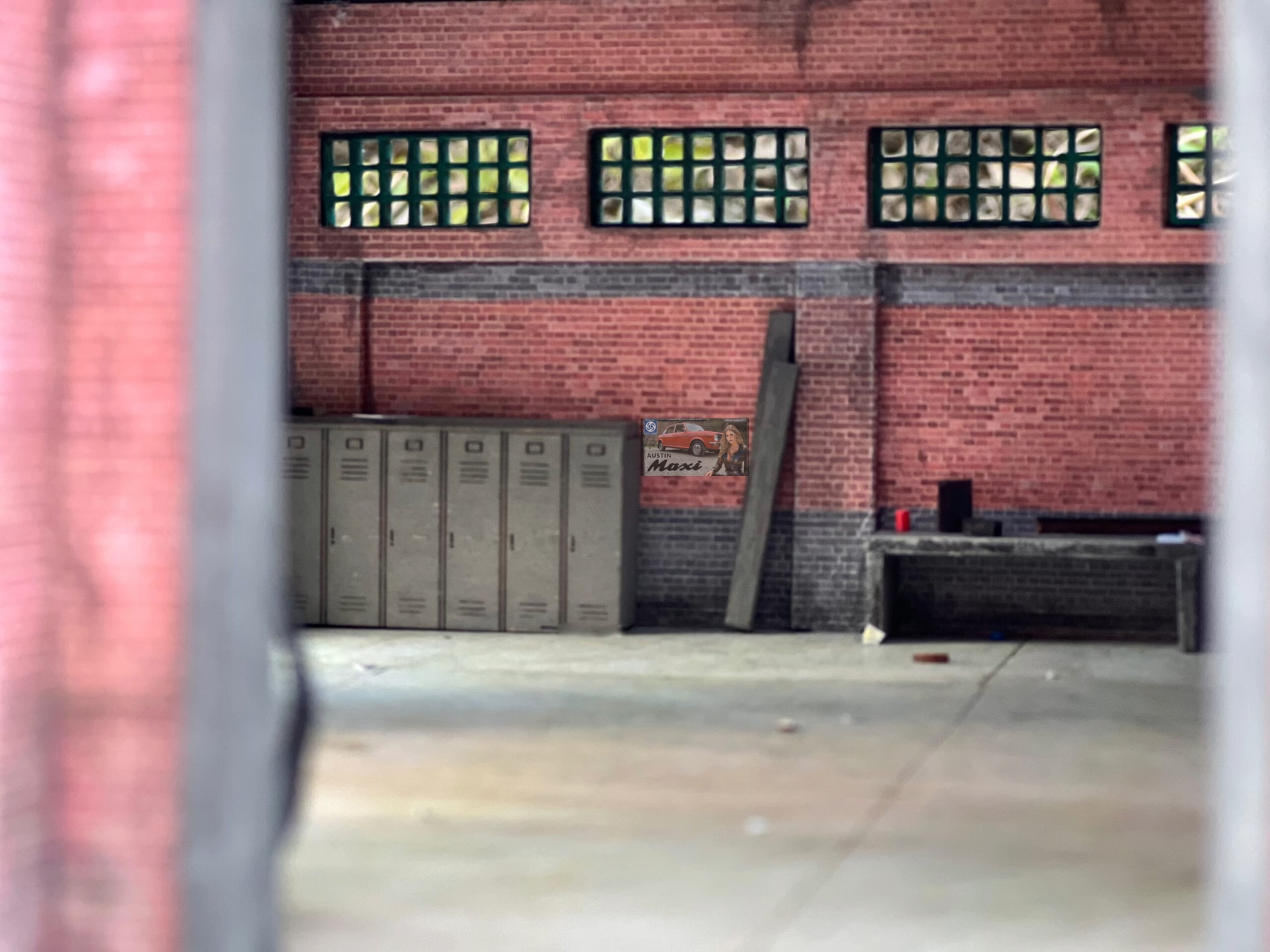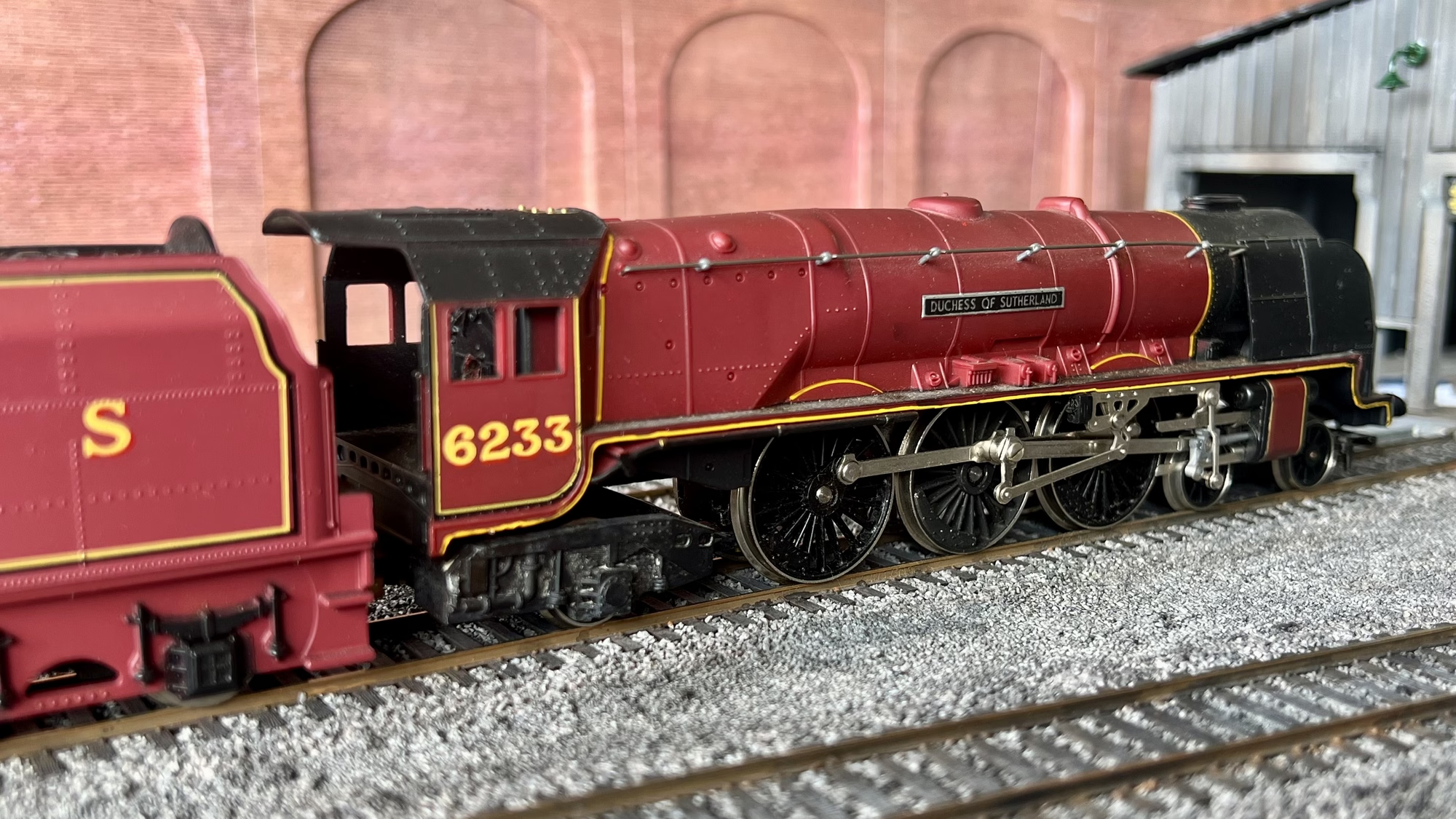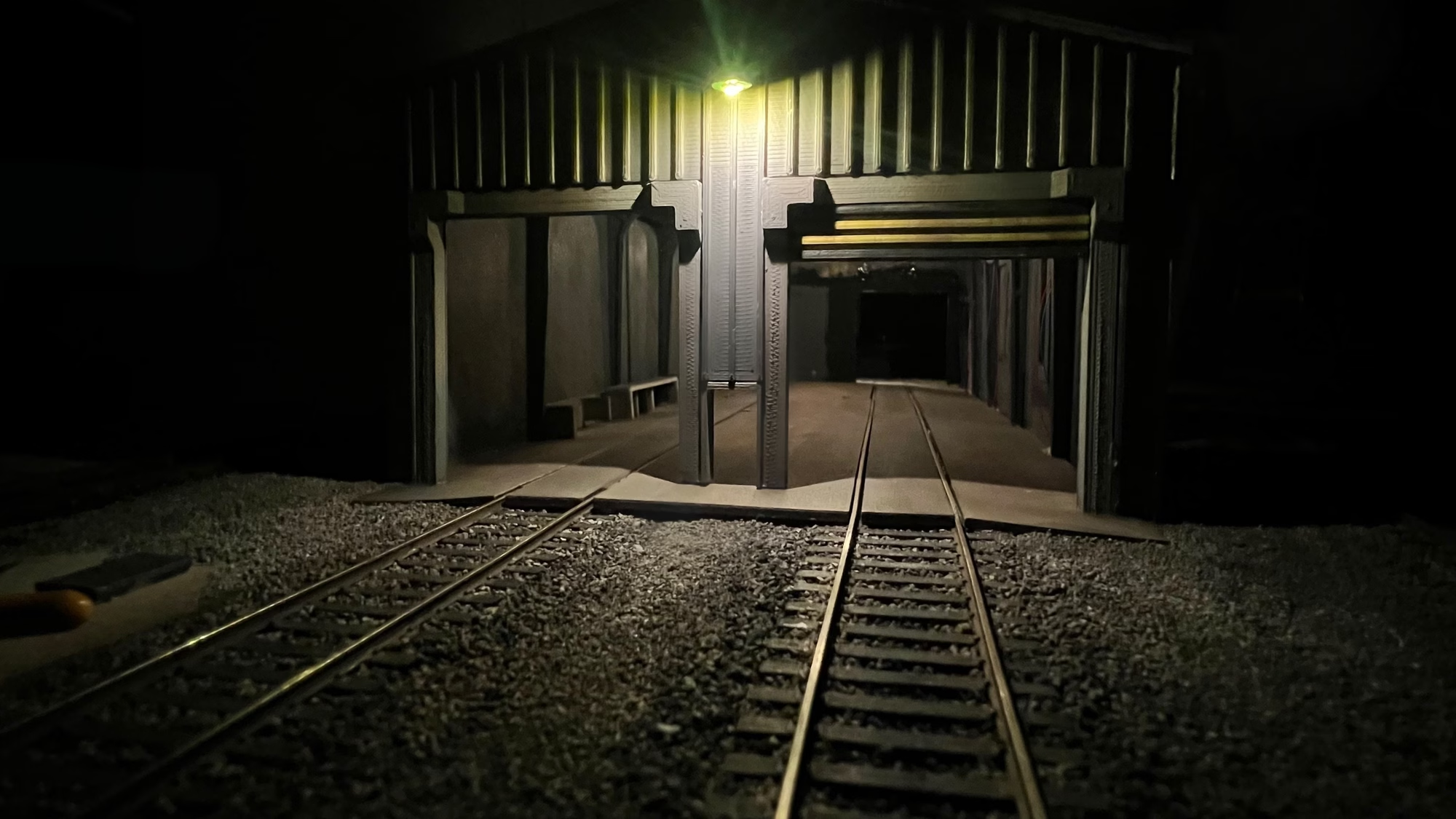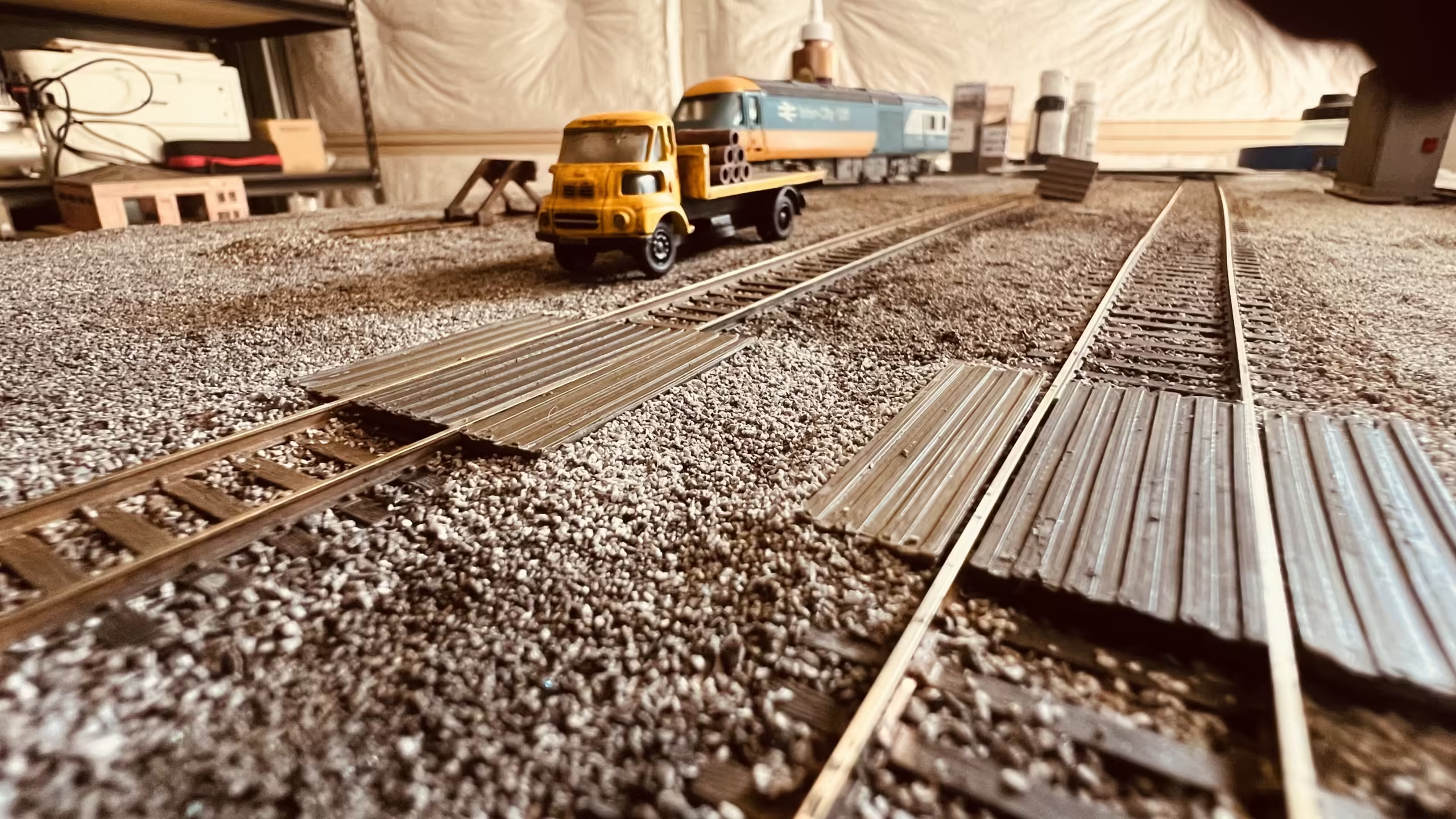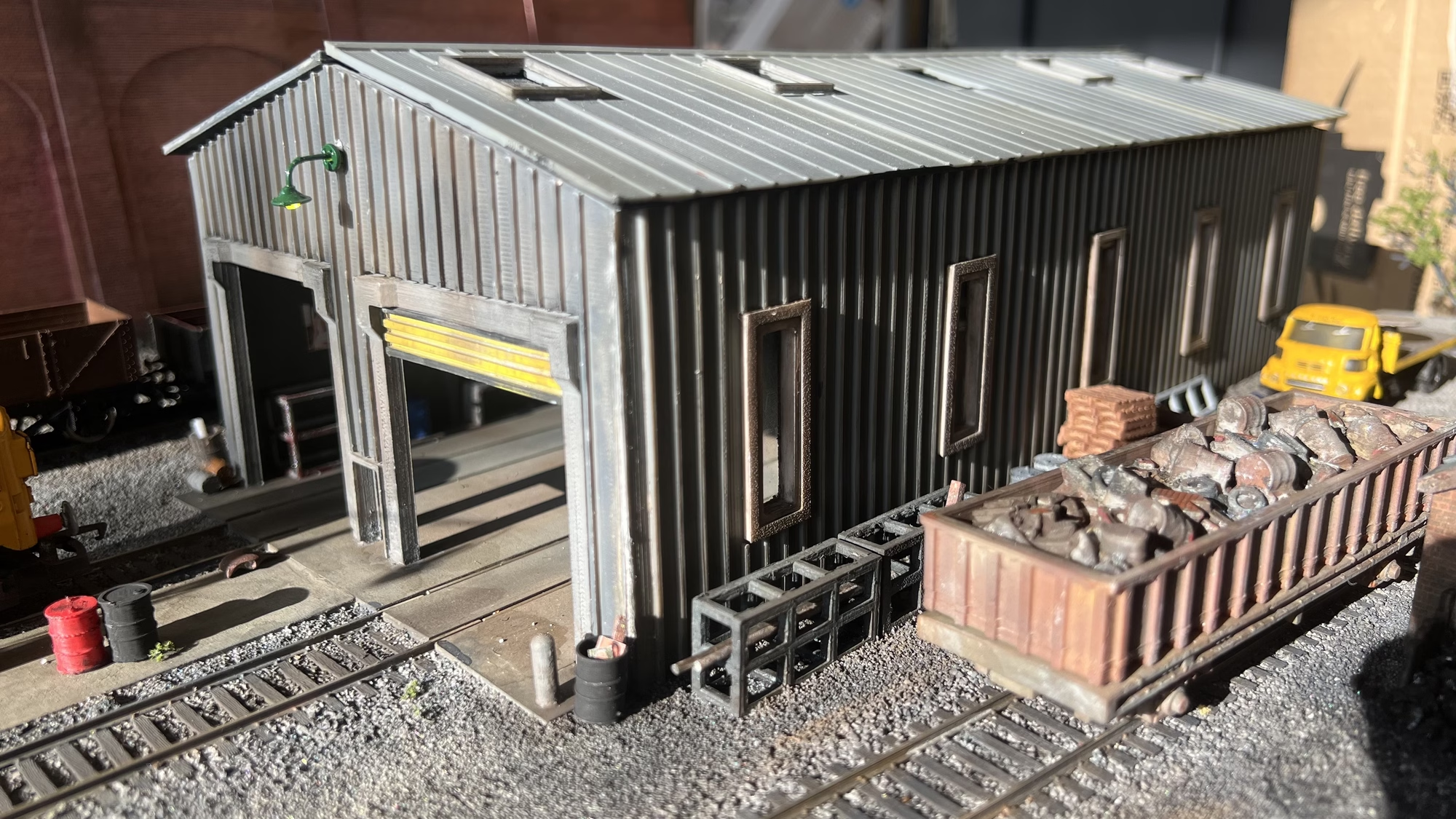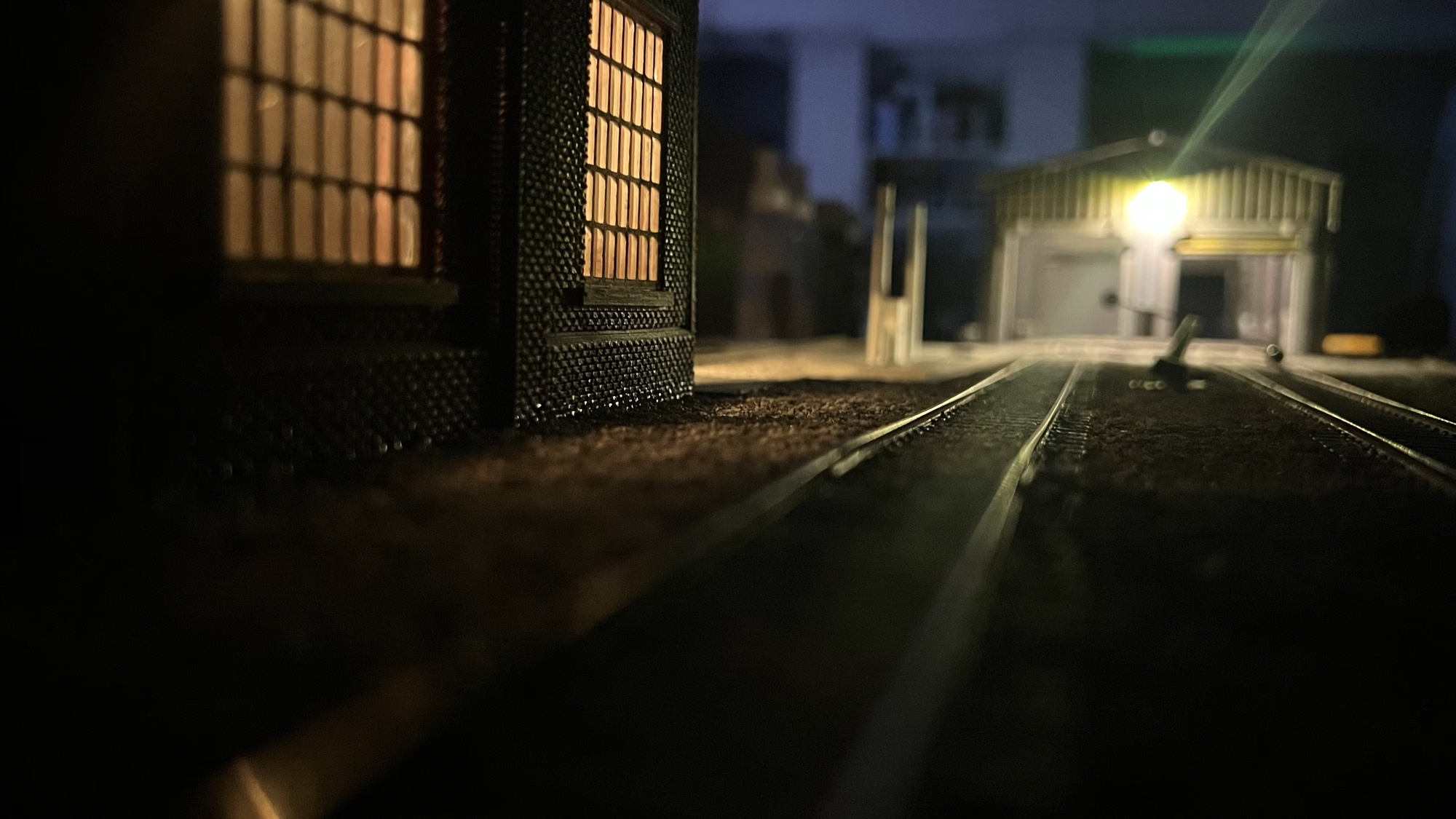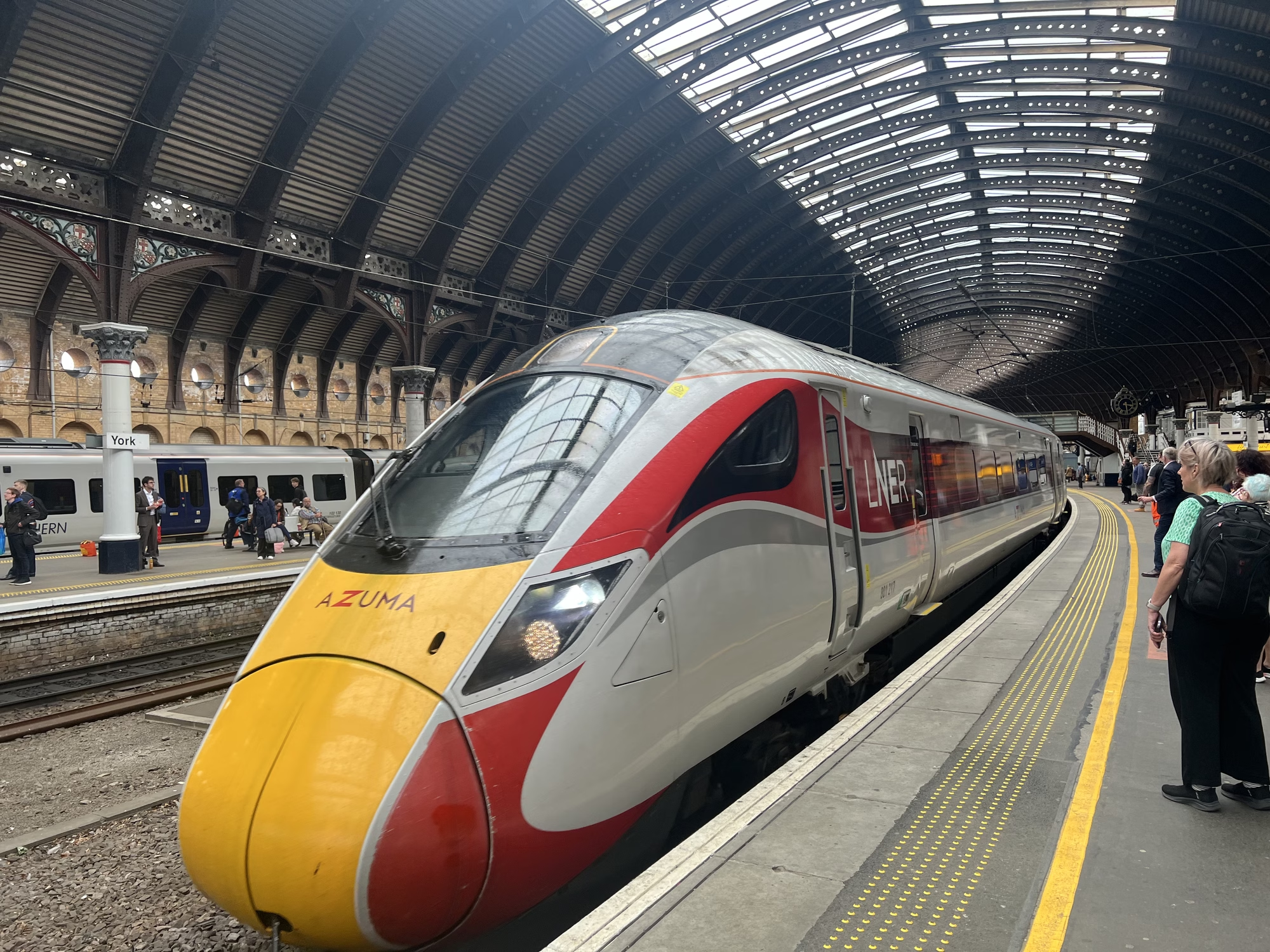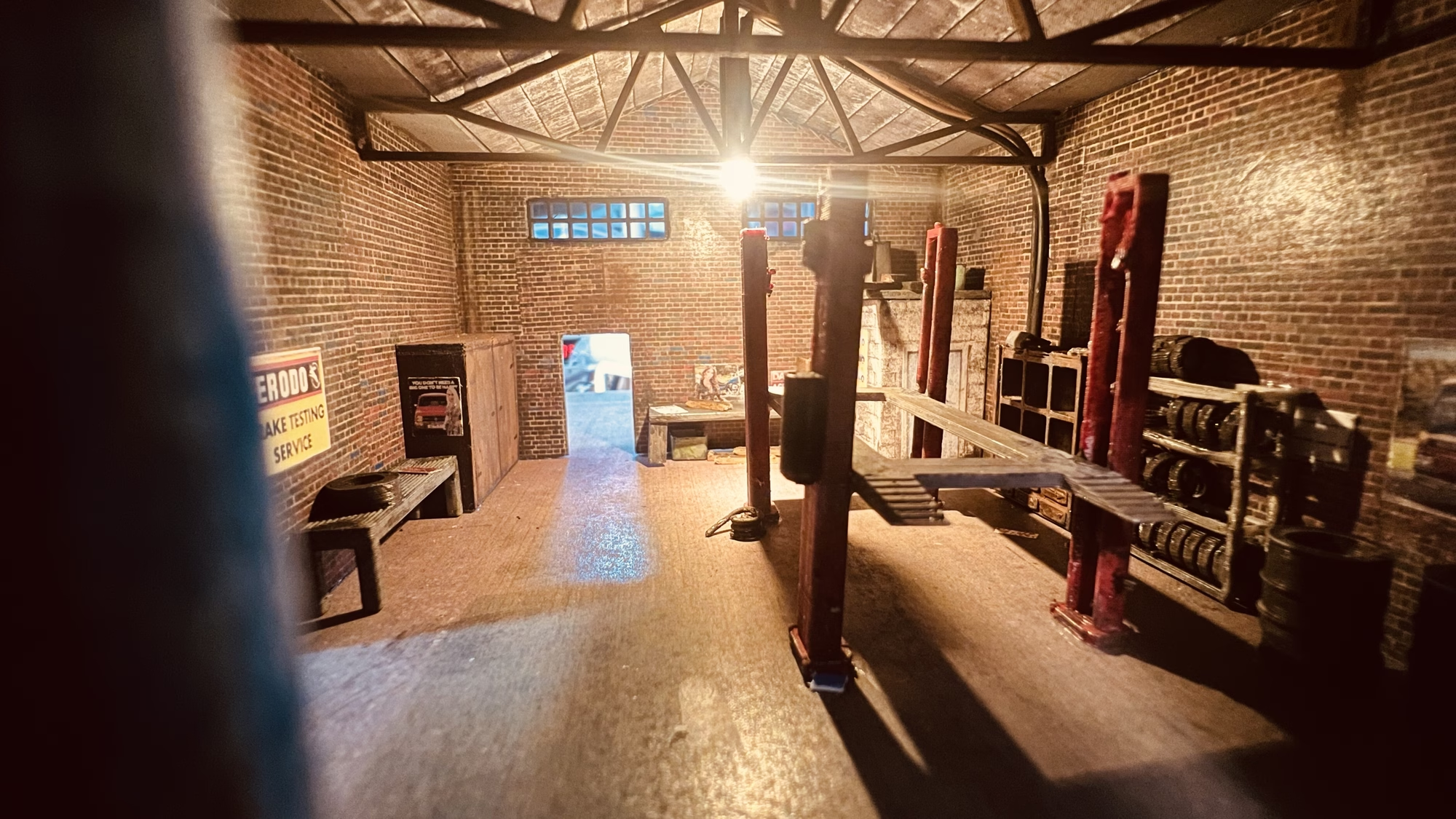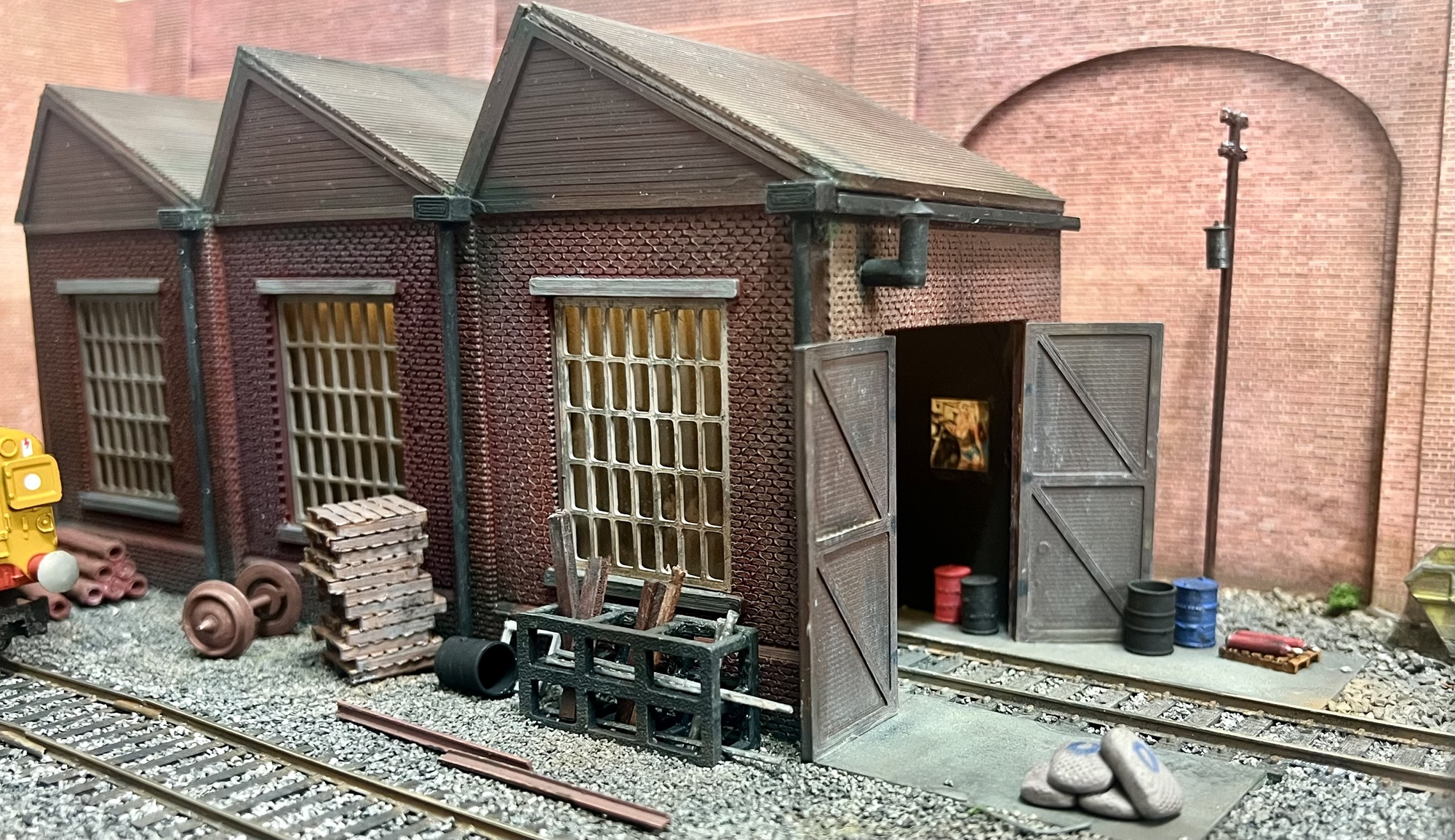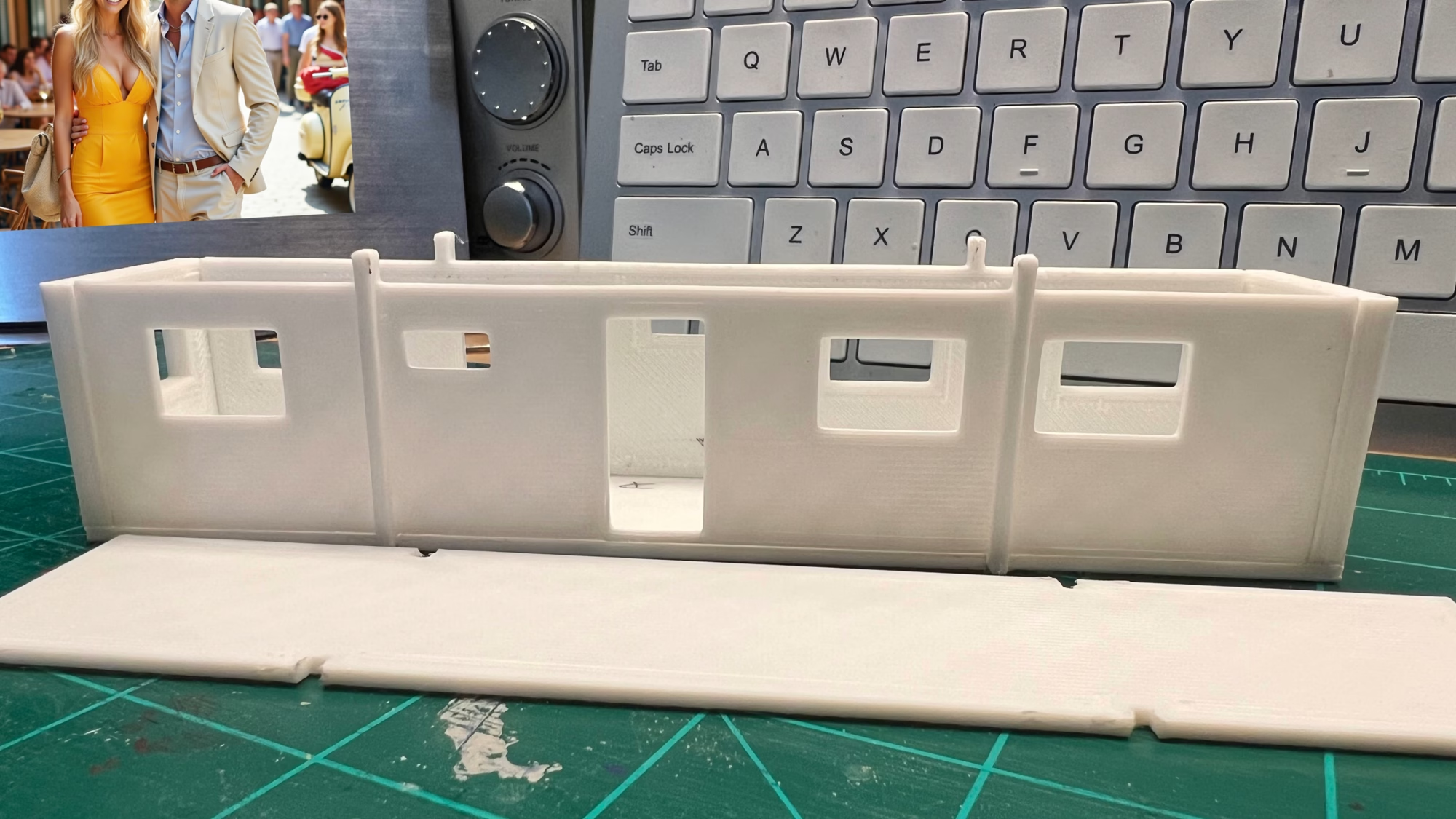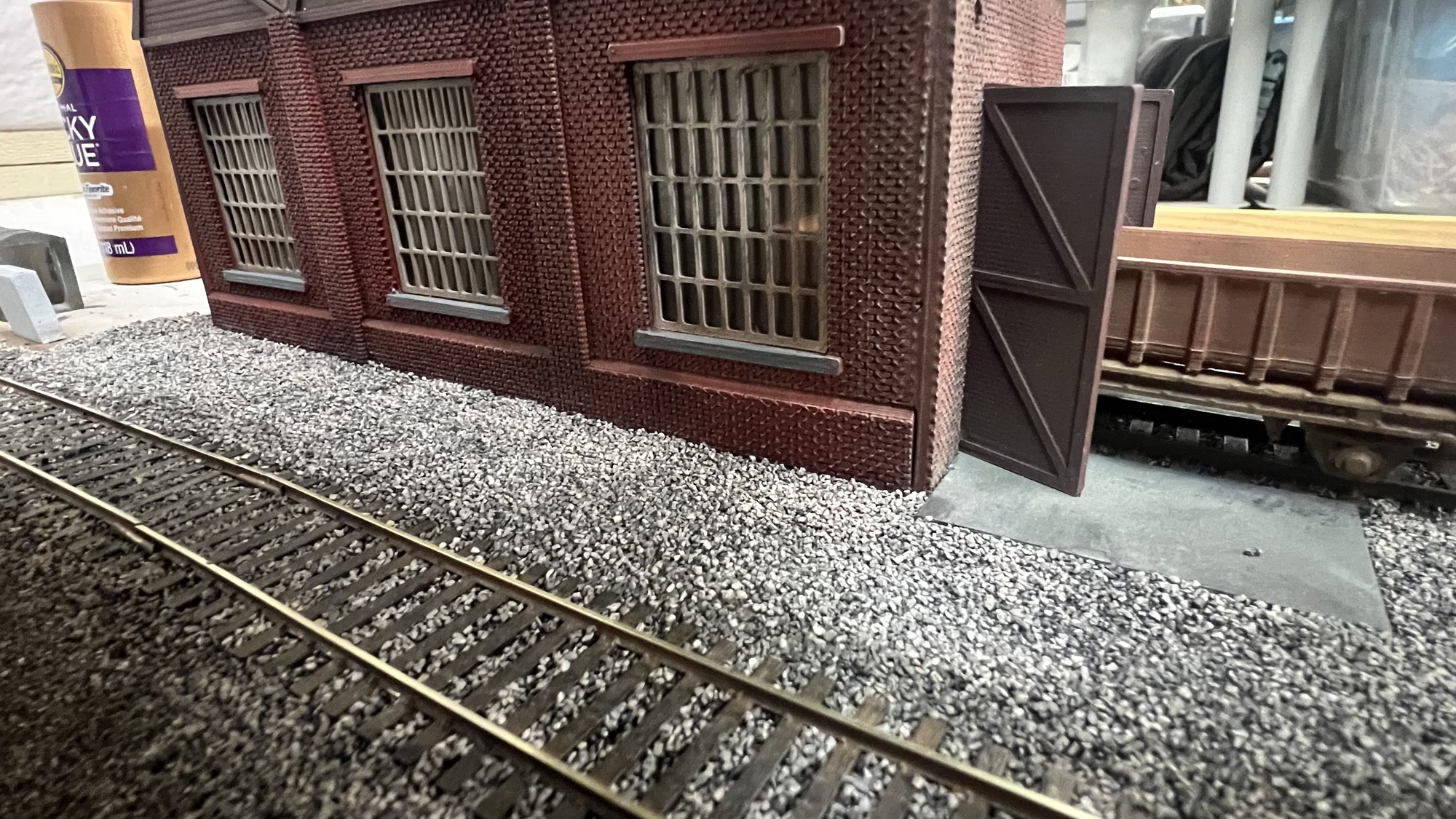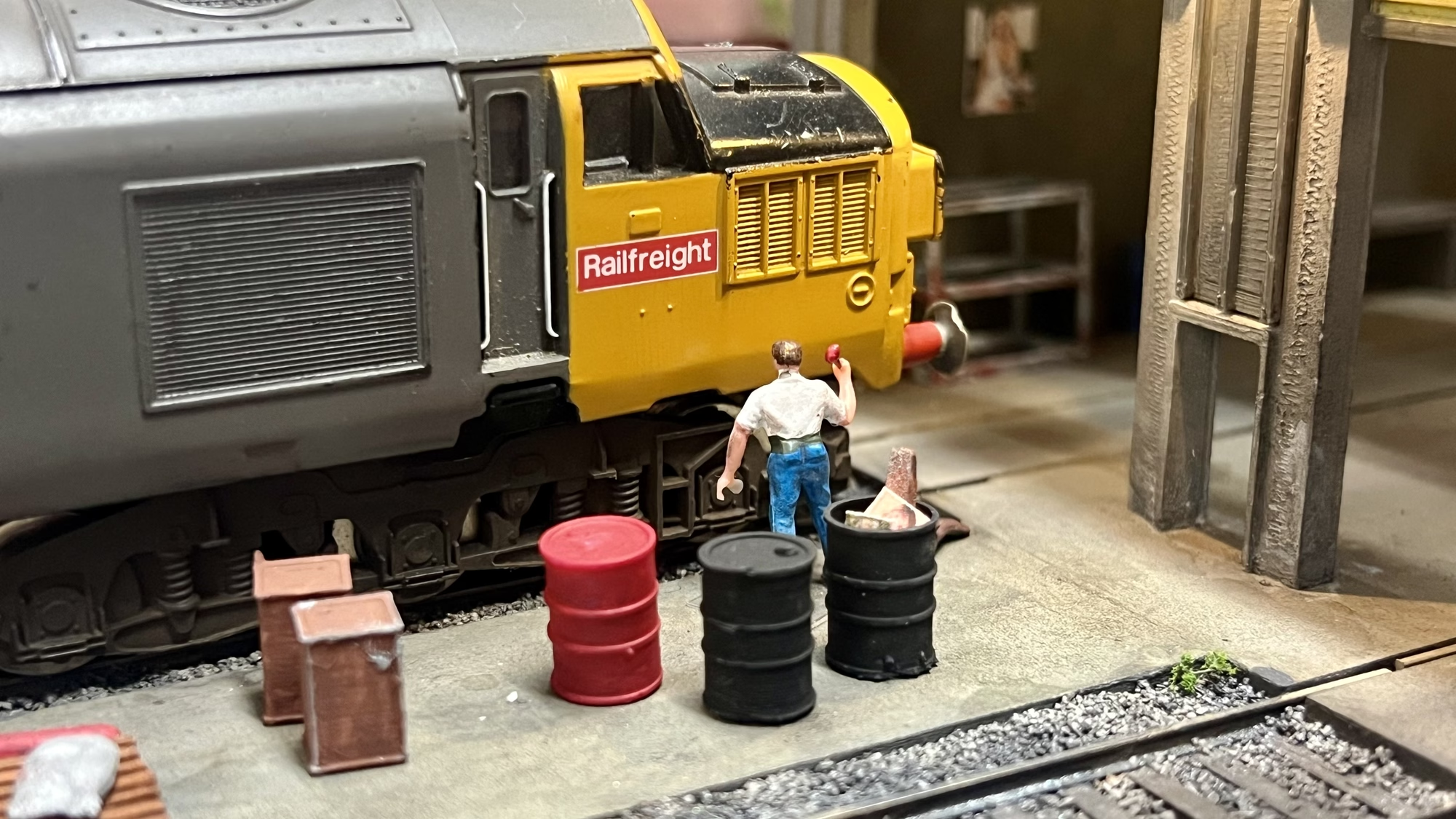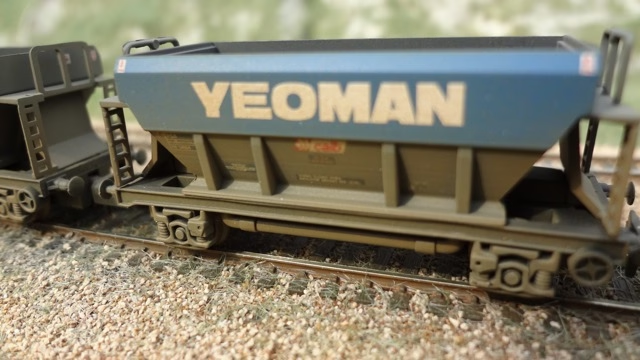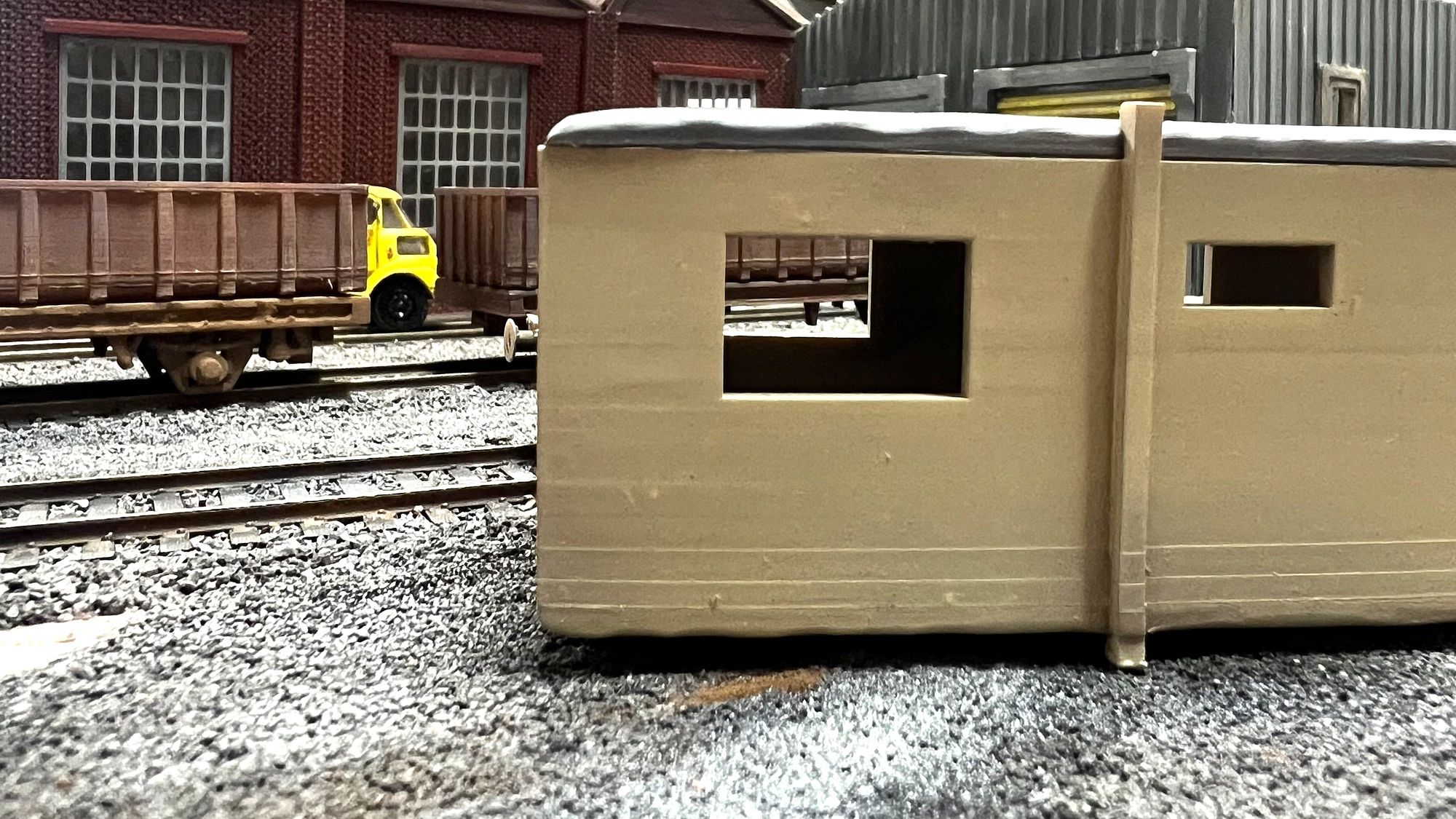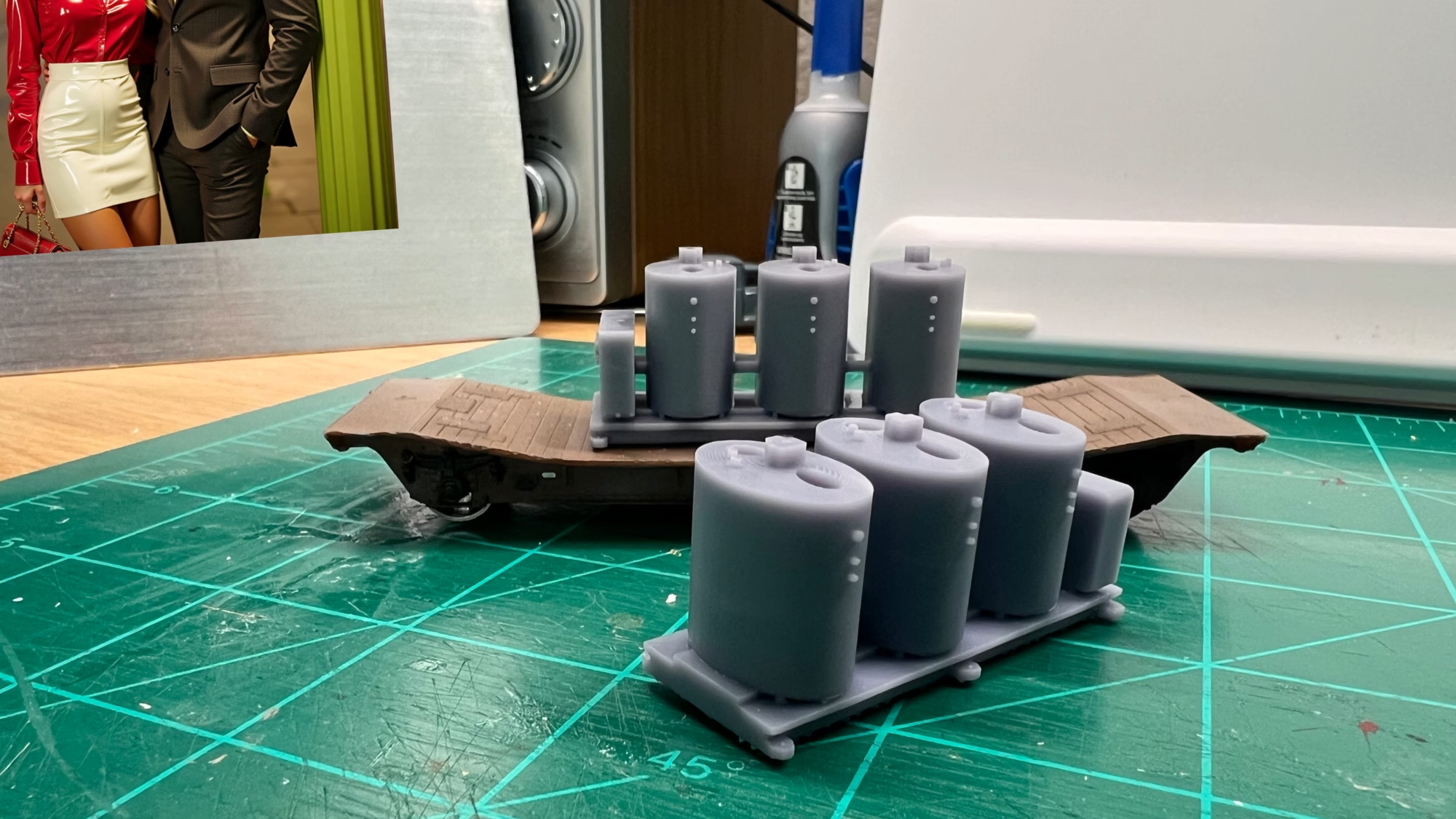Model Railroad Track Comes In Different Sizes
Those new to the hobby may not realise or be confused by the “Code” numbering of model railroad track.
The commercially available track for the popular scales actually comes in different shapes and sizes.
What on earth does that mean?
The main difference is the “Rail Height”. This is the actual height of the rail as it stands on the
Here are 10 differences between Code 75, Code 80, and Code 100 track in model railroading:
- Rail Height:
– Code 75: The rail height is 0.075 inches.
– Code 80: The rail height is 0.080 inches.
– Code 100: The rail height is 0.100 inches.
- Scale Appearance:
– Code 75: Offers a highly realistic appearance, ideal for fine-scale modeling in HO scale.
– Code 80: More realistic for N scale but less common in HO scale.
– Code 100: Standard in HO scale but looks oversized compared to real-life rail proportions.
- Usage by Scale:
– Code 75: Commonly used in HO scale for a more prototypical look.
– Code 80: Predominantly used in N scale; less common in HO scale.
– Code 100: Predominantly used in HO scale; not typically used in N scale due to its size.
- Compatibility with Rolling Stock:
– Code 75: May require finer wheel flanges for compatibility; not suitable for older rolling stock with deeper flanges.
– Code 80: Generally compatible with N scale rolling stock; may not suit older, deeper-flange wheels.
– Code 100: Compatible with both modern and older HO scale rolling stock, including those with deeper flanges.
- Track Strength and Durability:
– Code 75: Less robust due to lower rail height; more delicate and prone to damage.
– Code 80: Moderately robust; stronger than Code 75 but more delicate than Code 100.
– Code 100: Most robust and durable; can handle more wear and tear.
- Flexibility and Custom Curves:
– Code 75: Easier to bend into custom curves due to lower rail height.
– Code 80: Also flexible, suitable for creating custom curves, especially in N scale.
– Code 100: Stiffer and more challenging to bend into tight curves without special tools.
- Visual Impact and Realism:
– Code 75: Offers the finest, most scale-accurate appearance for detailed layouts.
– Code 80: Provides a balanced look in N scale; less visually appealing in HO scale.
– Code 100: Bulkier appearance; less suitable for those aiming for maximum realism in HO scale.
- Availability:
– Code 75: Widely available in HO scale from specialized suppliers.
– Code 80: Widely available in N scale; less so in HO scale.
– Code 100: Most readily available in HO scale and offered by numerous manufacturers.
- Cost:
– Code 75: Generally more expensive due to finer details and lower production volumes.
– Code 80: Priced moderately; cost-effective for N scale layouts.
– Code 100: Typically the least expensive due to higher production volumes and widespread use.
- Usage in Different Environments:
– Code 75: Best suited for highly detailed, realistic HO scale layouts where visual accuracy is crucial.
– Code 80: Ideal for N scale layouts; provides a good balance between realism and durability.
– Code 100: Suitable for general-purpose HO scale layouts, especially where durability and compatibility with older stock are priorities.
These differences can help model railroaders choose the appropriate track code based on their specific needs, scale, and desired level of realism in their layouts.

